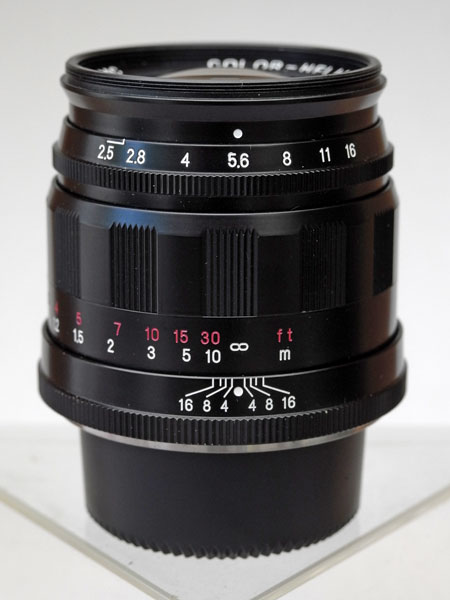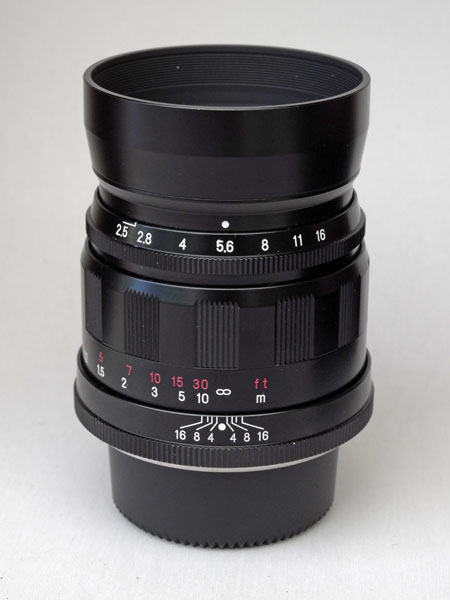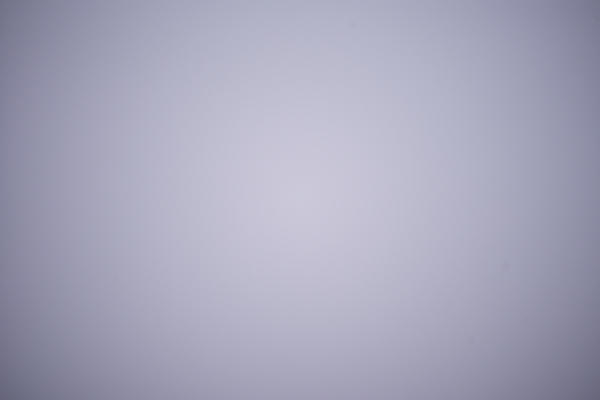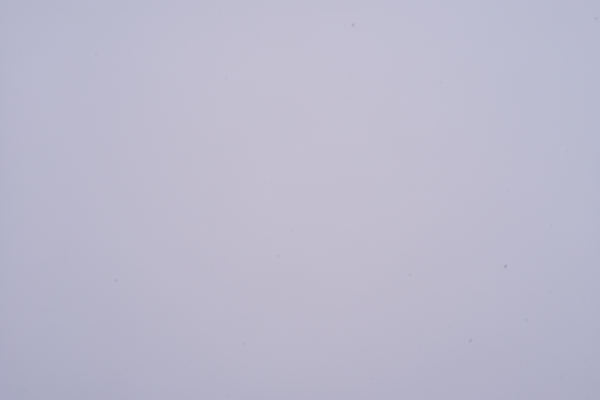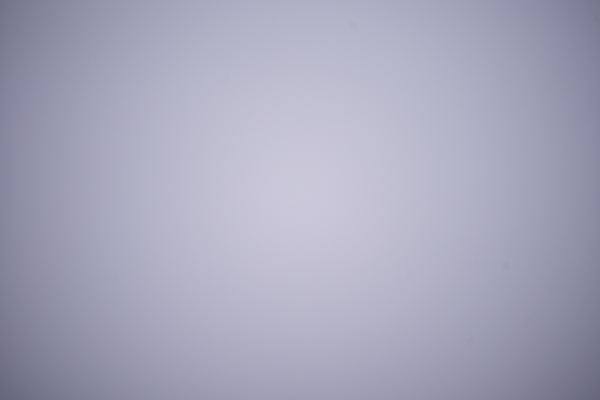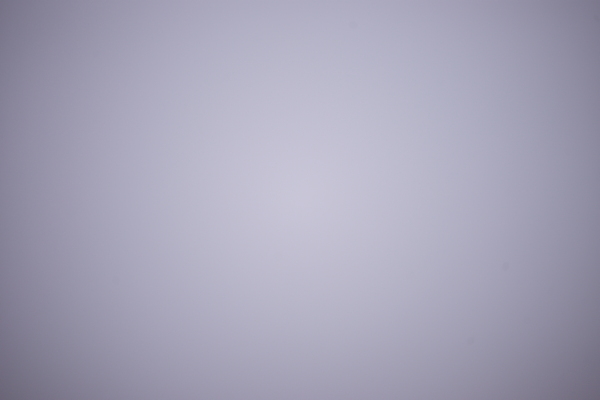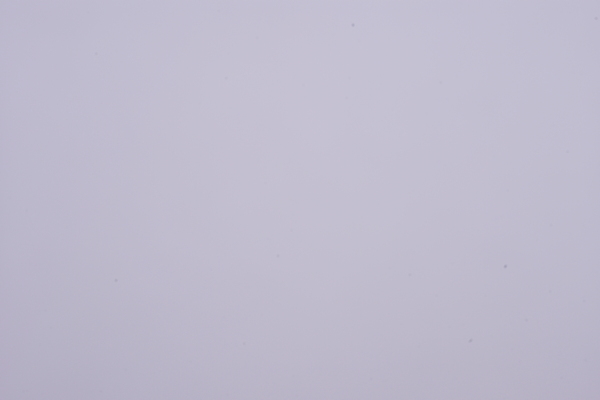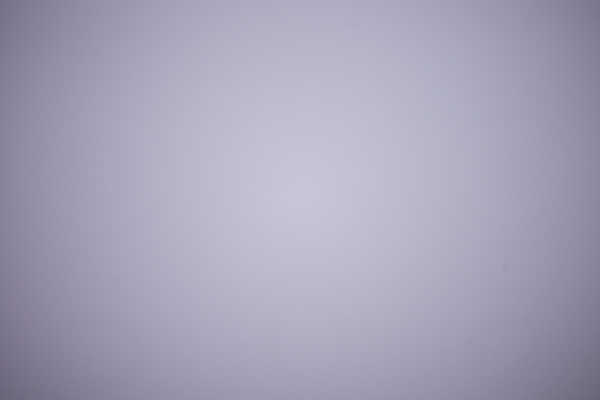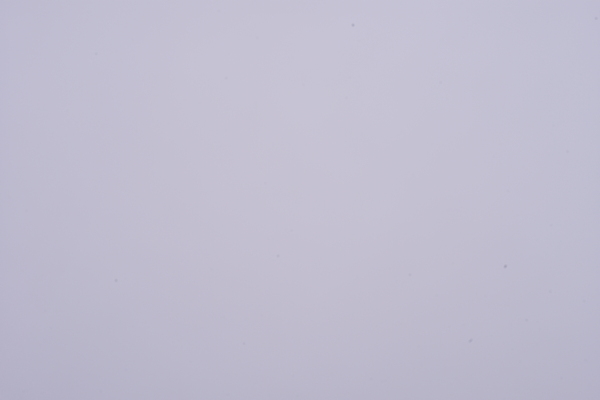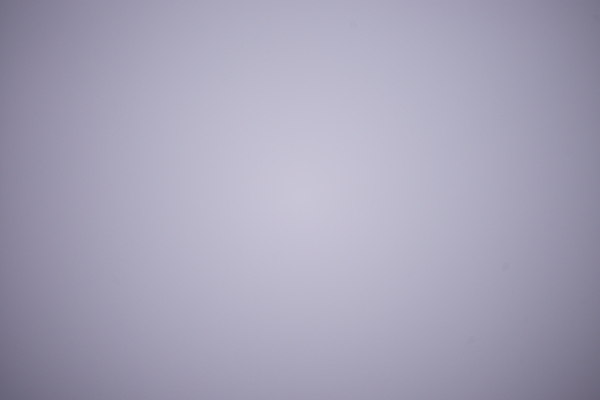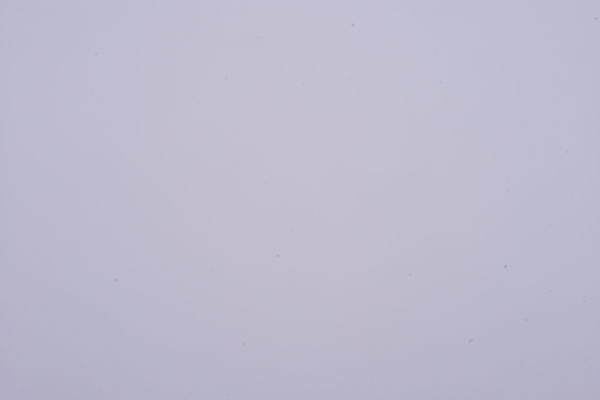Leica M (Typ 240): Voigtländer 75mm f/2.5 (M39)
Introduction | Body with Lens Attached | Some Technical Data | Color Shading and Vignetting | Sample Images | Close-Up Behavior | Conclusions | Links
Archive
I bought most of my M-mount (and M39) lenses for use with the Ricoh GXR M-mount expansion unit, at which they are used with a crop factor of 1.5 x. But I always wanted to also use these lenses "as intended" and was therefore looking for a full-frame camera body for quite some time. Finally, at the end of October 2015, I purchased a used Leica M (Typ 240) as the "body" for my M-mount lenses. On these pages you can find my first personal experiences with the lenses at the Leica M (Typ 240). This page is devoted to the Voigtländer Color Heliar 75mm f/2.5 lens that I bought used from Ireland. This is not an M-mount lens, but a M39 one - it has to be used with an LTM adapter at the M-mount expansion unit.
All lens pages: Voigtländer 15mm f/4.5 | Voigtländer 15mm f/4.5 III | Zeiss Biogon 21mm f/4.5 | Leica Elmarit-M 21mm f/2.8 ASPH. | Leica Elmar-M 24mm f/3.8 ASPH. | Voigtländer 25mm f/4 (M39) | Minolta M-Rokkor 28mm f/2.8 | Zeiss Biogon 35mm f/2.8 | Zeiss Sonnar 50mm f/1.5 | Voigtländer 75mm f/2.5 (M39) | Leitz Hektor 85mm f/2.5 (M39) | Leitz Elmar-C 90mm f/4 | Leitz Tele-Elmarit-M 90mm f/2.8 | Leitz Tele-Elmar 135mm f/4
Introduction
Why I Bought this Lens...
I bought the Voigtländer Color Heliar 75mm f/2.5 lens in June 2014 - primarily for use in conjunction with a Dörr slide duplicator (see Figures below) that I purchased in spring 2014. The advertisement for the slide duplicator states that a lens of a focal length of about 110 mm is needed for the slide duplicator when used at a full-format camera. And in fact, it showed that the slide duplicator was not suited well to the Leica X Vario, the Ricoh GXR A16, and my existing M-mount lenses (for use with the GXR A12 M-mount expansion unit). However, a focal length of 75 mm at an APS-C camera corresponds to 112.5 mm at a full-frame camera and therefore should be ideally suited to the slide duplicator. Tests revealed, however, that 70 mm would have been better. I was not able to copy a complet slide with this configuration. This put my attempts at slide copying with this equiment to a halt...
Note: Hama and Dörr, and perhaps some other companies, too, sell this slide duplicator. They seem to be all the same (according to the look and the technical data).
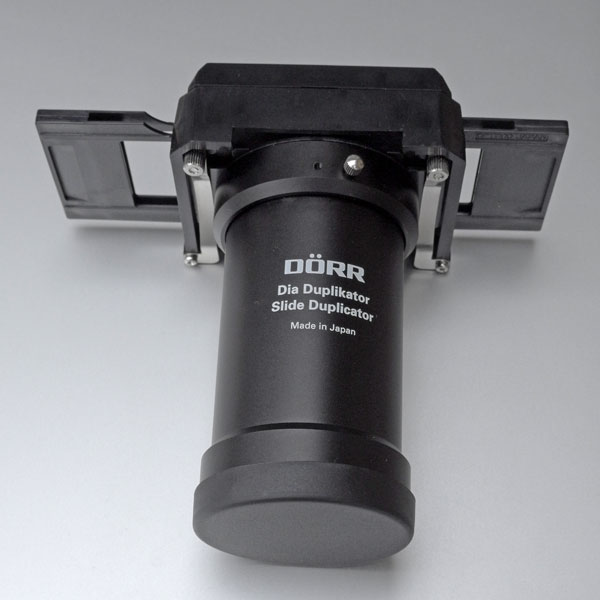 |
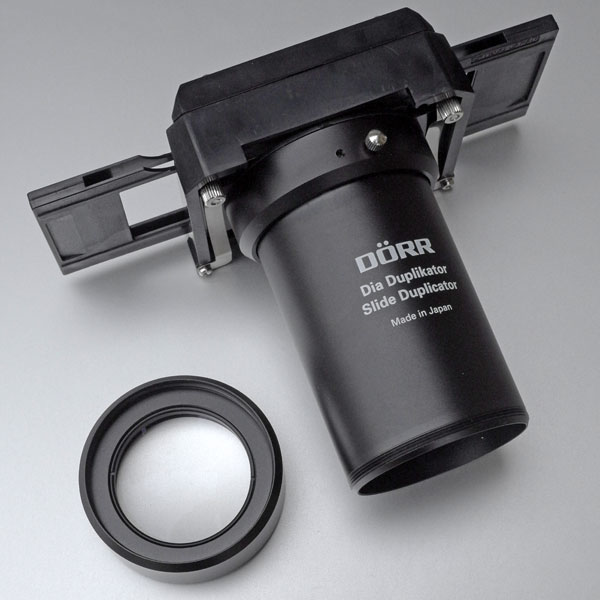 |
Figures: Dörr slide duplicator (left), ditto, achromat removed (right) (click images for larger versions)
The Dörr slide duplicator includes a +10 achromat, which can be removed and used separately as a close-up lens (52 mm filter thread). Since Voigtländer Color Heliar 75mm f/2.5 has a filter thread of 43 mm, you also need an 43 mm to 52 mm adapter ring to attach the lens to the slide duplicator.
As mentioned above, at the GXR, the Color Heliar 75mm f/2.5 did not fit exactly for the Dörr slide copier, and therefore I did not pursue this any further. At a full-frame camera, on the other hand, the lens's focal length of 75 mm is not sufficient to be used for slide copying (110 mm would be). All in all, much to my regret, the slide copier cannot be used with either camera...
The Lens
Below are photos taken by the previous owner who sold the lens (including a Voigtländer LTM adapter) in a very good conditon:
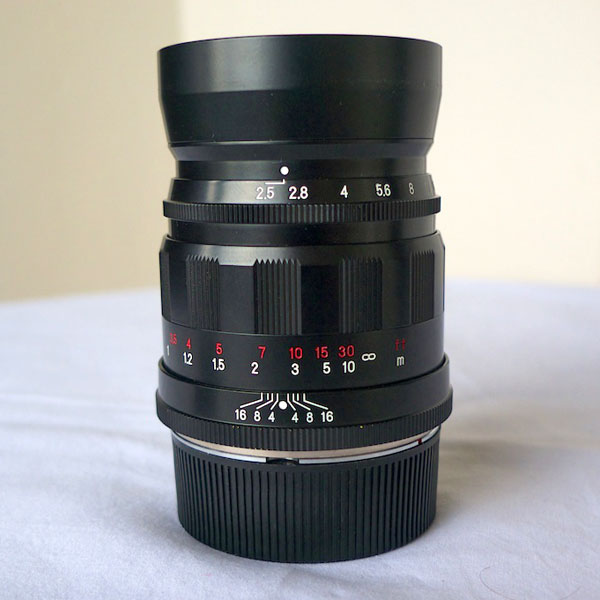 |
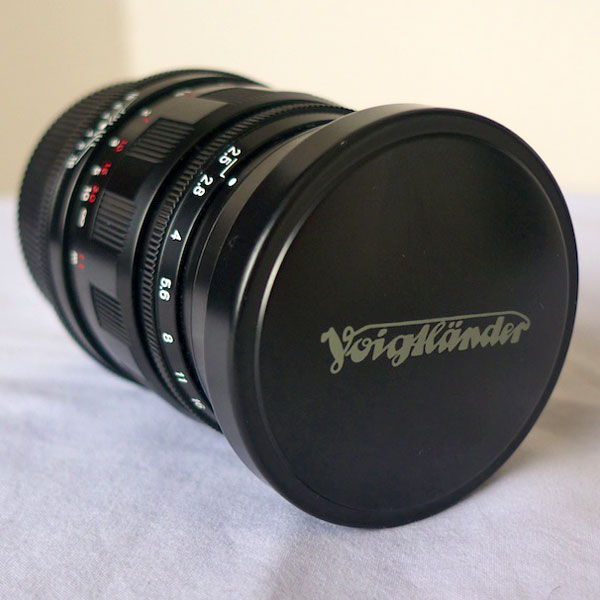 |
Photos: Voigtländer Color Heliar 75mm f/2.5 lens (Photos taken by the previous owner)
And here are some quick-and-dirty photos of my own:
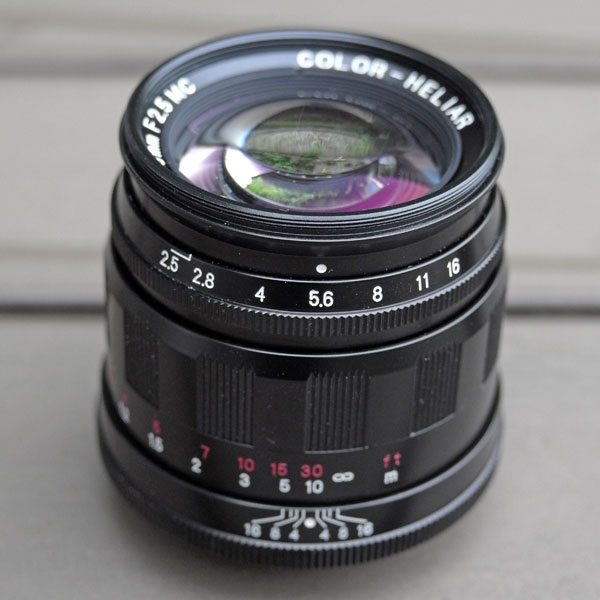 |
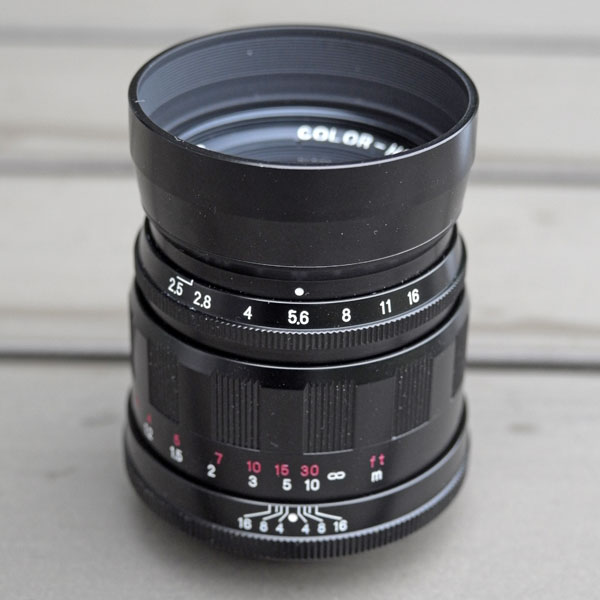 |
|
 |
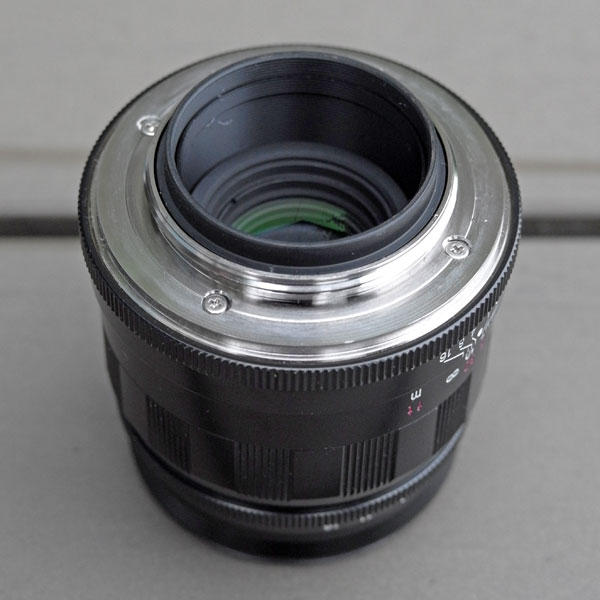 |
|
 |
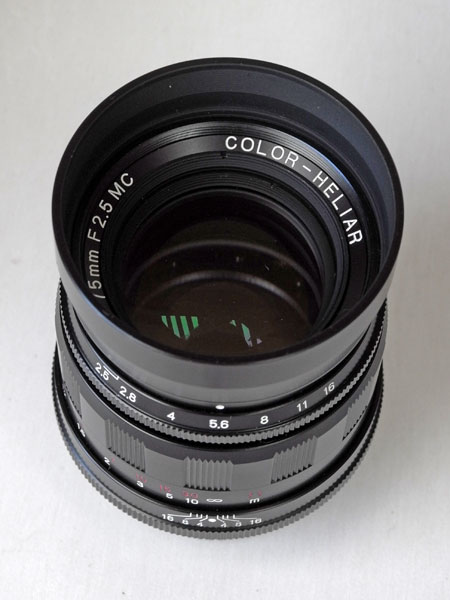 |
Photos: Voigtländer Color Heliar 75mm f/2.5 lens
Body with Lens Attached
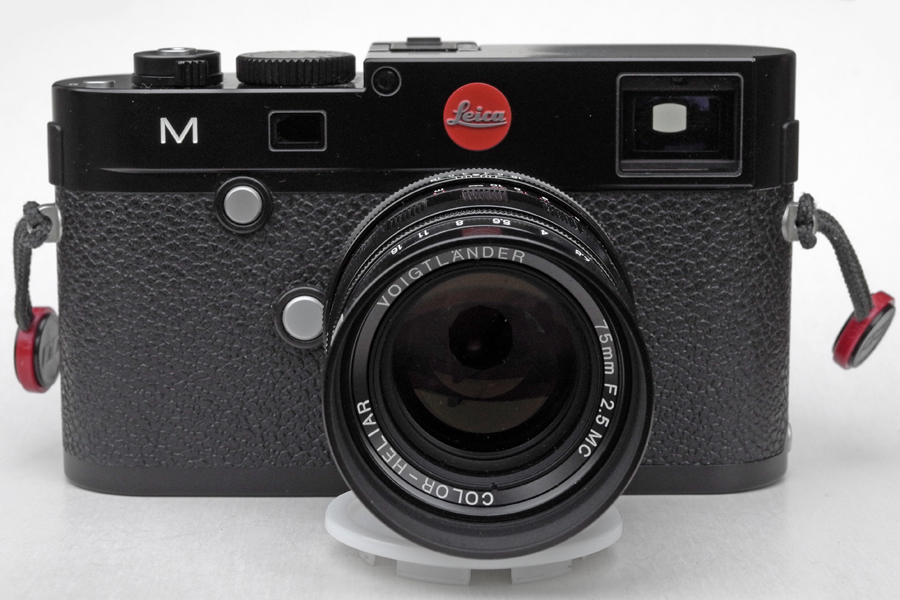 |
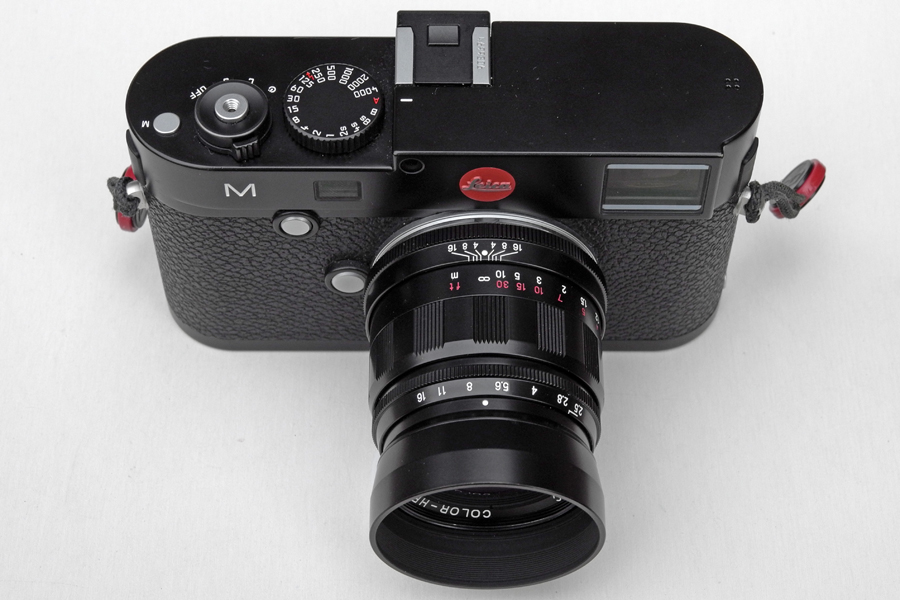 |
|
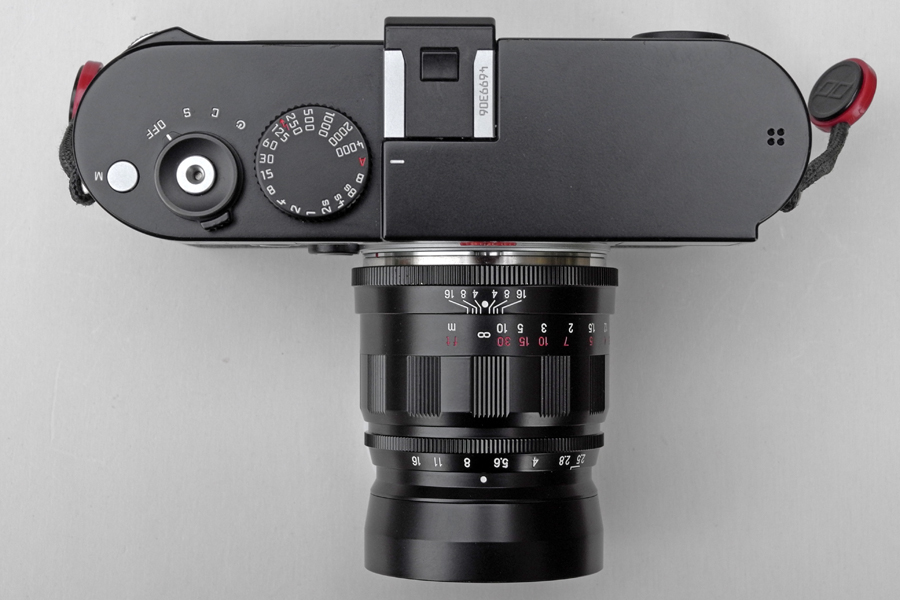 |
Photos: Leica M (Typ 240) with Voigtländer Color Heliar 75mm f/2.5 lens
Some Technical Data
| Focal length | 75 mm |
| Angle of view (35mm film) | 32° diagonal |
| Maximum aperture | 2.5 |
| f-stop range | 2.5-16 |
| Number of iris blades | 10 |
| Number of lenses/groups | 5/6 |
| Shortest distance | 1.0 m |
| Weight | 230 g |
| Length | 64.5 mm |
| Maximum diameter | 55.5 mm |
| Filter thread | 43 mm |
| Lens hood | separate, screw-in |
| Mount | M39 |
Color Shading and Vignetting
At the end of November 2015, I did a more systematic investigation into color shading and vignetting, which was also meant to provide (at least, preliminary) calibration images to be used with the CornerFix application for removing color shading (see below). I followed the recommendations for calibration images, set exposure compensation to +1, and used the lenses' maximum aperture as well as f/8. Distance was set to infinity to smooth out irregularities in a white cardboard (actually, a large calendar) that I photographed (the sun was covered). Last, but not least, I included three more manual lens settings in the shots just to check the results for these lenses as well. Each shot was done twice to make sure that the conditions were consistent.
This investigation confirmed the first impressions in most aspects. Here are the results for the Voigtländer Color Heliar 75mm f/2.5 lens (M39):
Photos: Calibration shots with Voigtländer Color Heliar 75mm f/2.5 (M39)
There is practically no color shading. The manual settings change the color cast very slightly. At the moment, I see no reason, except for the Exif data, to manually select a lens.
Conclusion: This lens can be used with "Lens Detection" set to "Off".
Sample Images
Below are first samples taken with the Voigtländer Color Heliar 75mm f/2.5 lens (from the day when the lens arrived - which was a gray day...) (click the images to view the unprocessed original files in a new window).
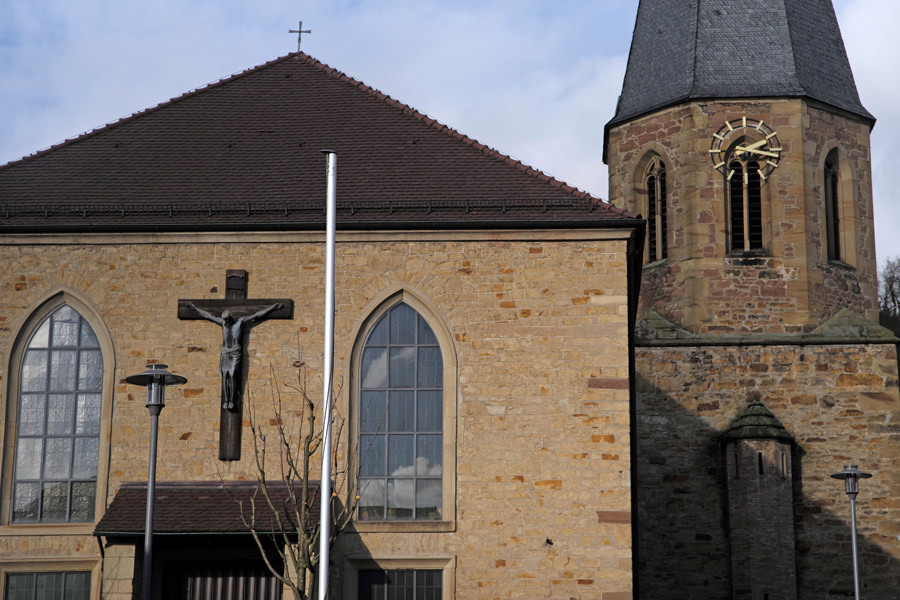 |
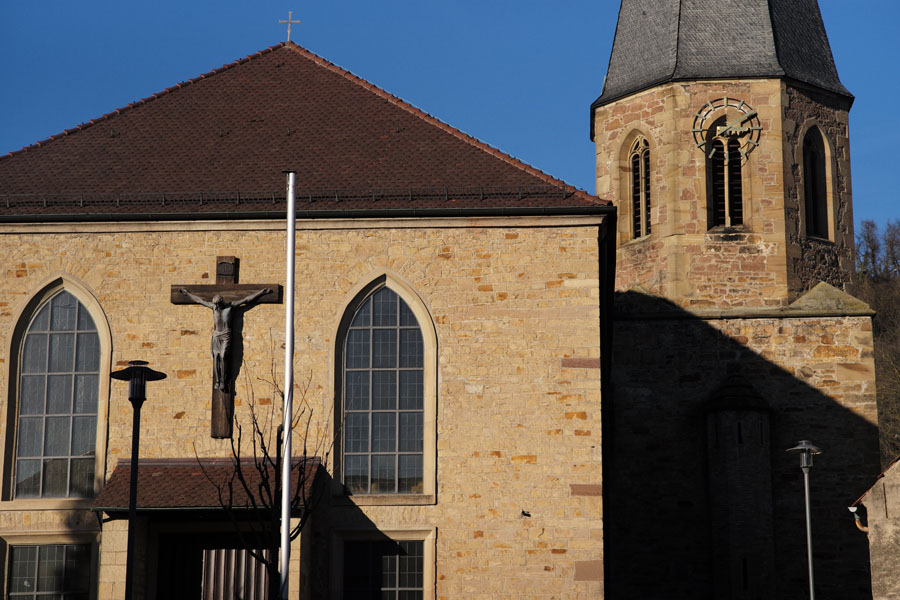 |
|
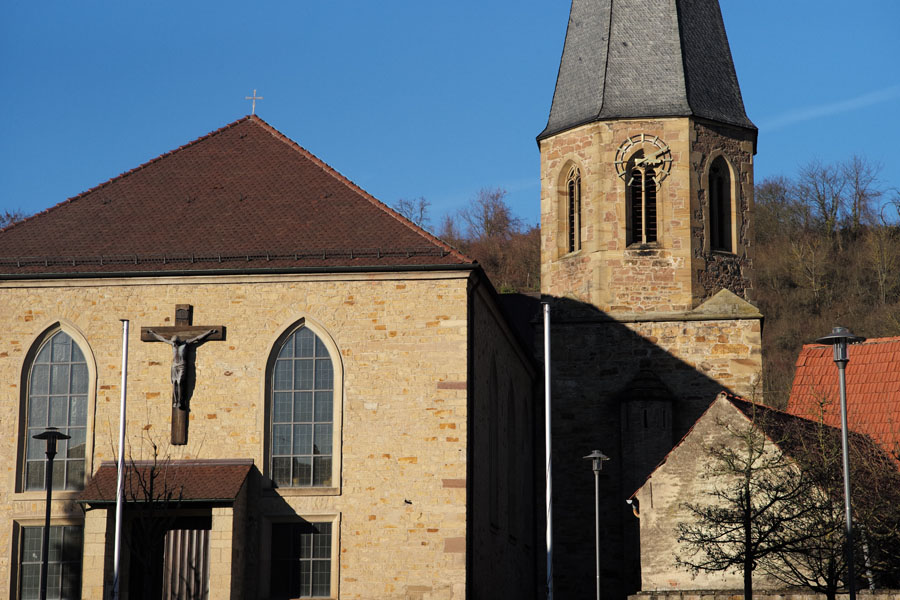 |
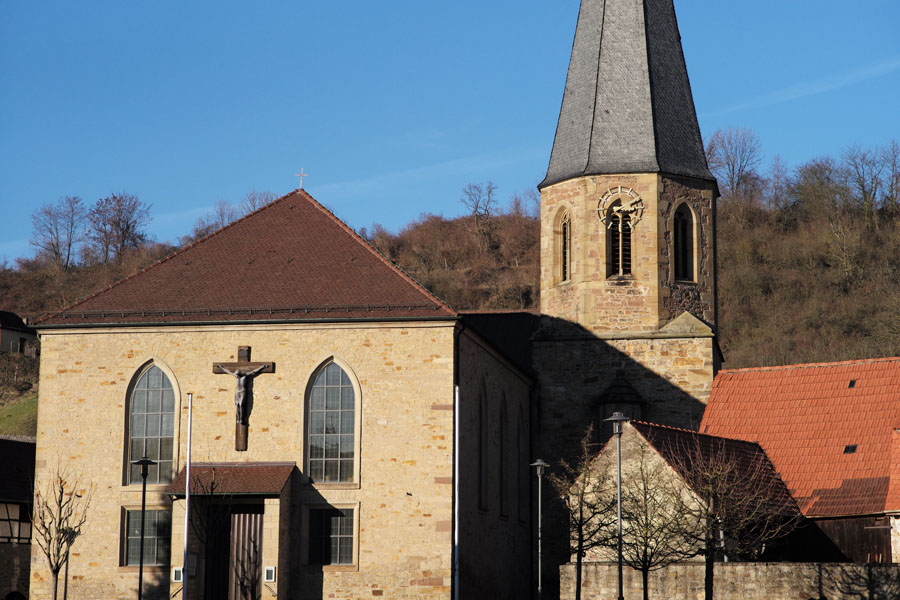 |
|
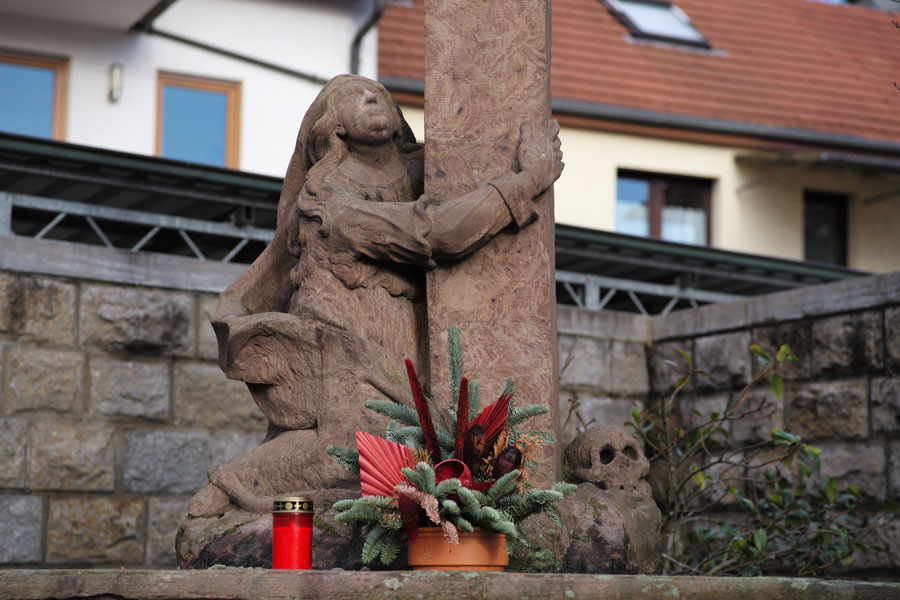 |
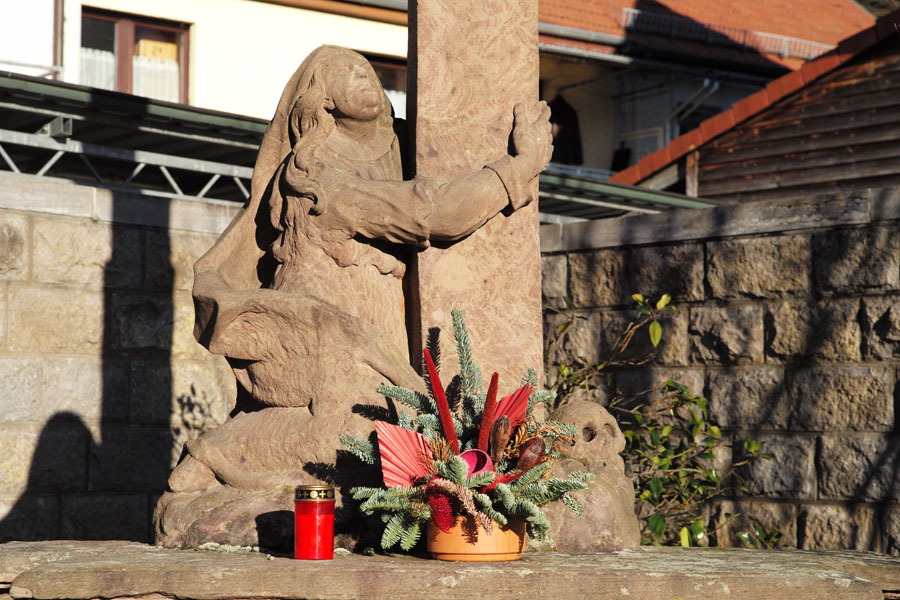 |
|
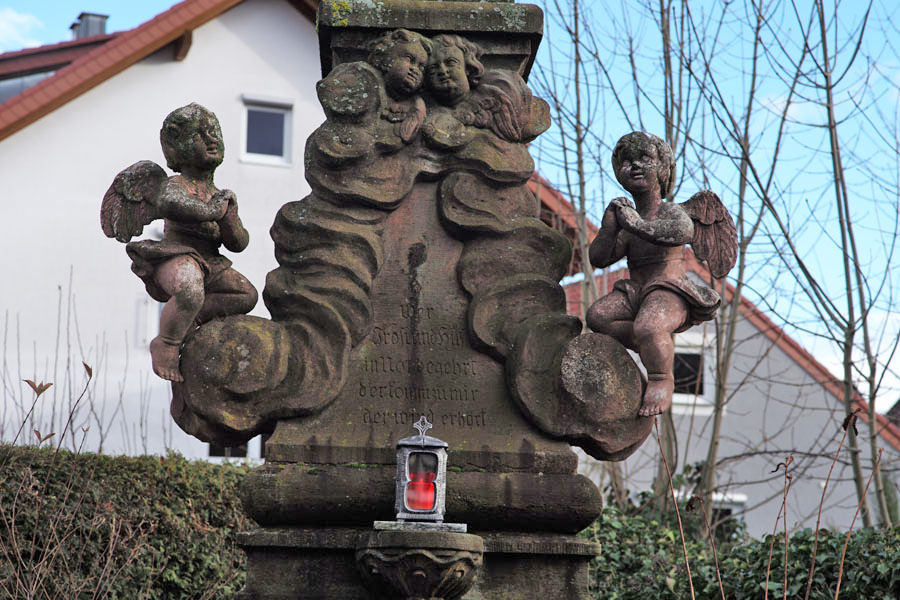 |
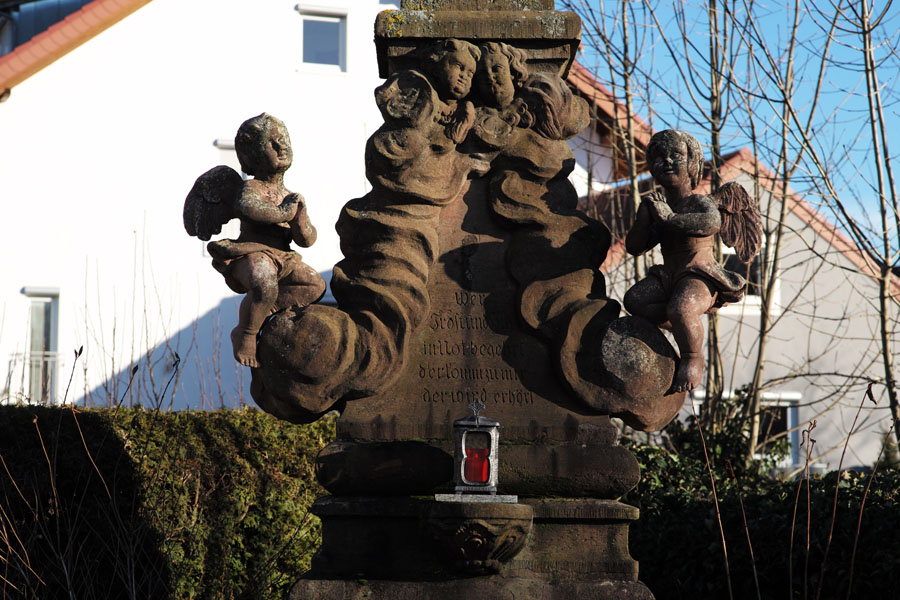 |
|
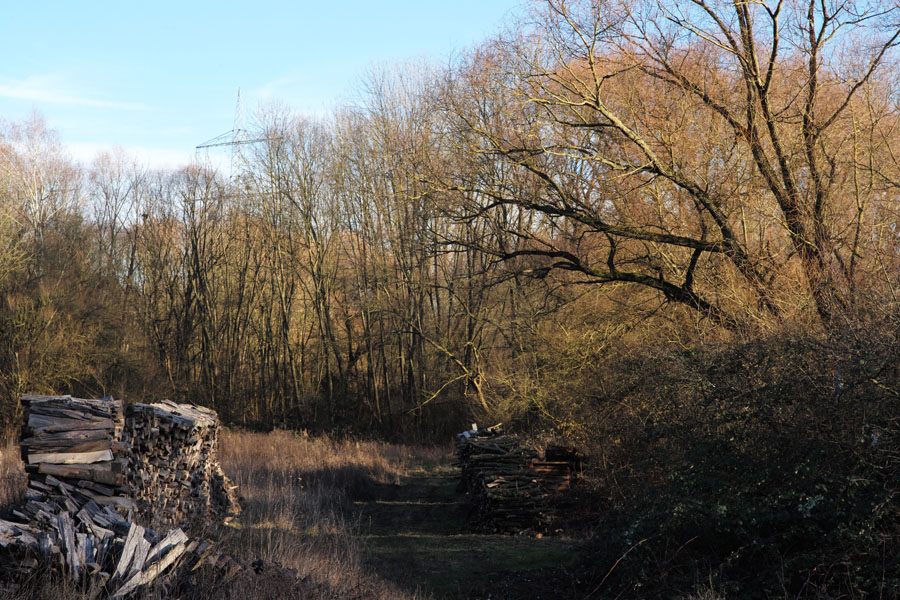 |
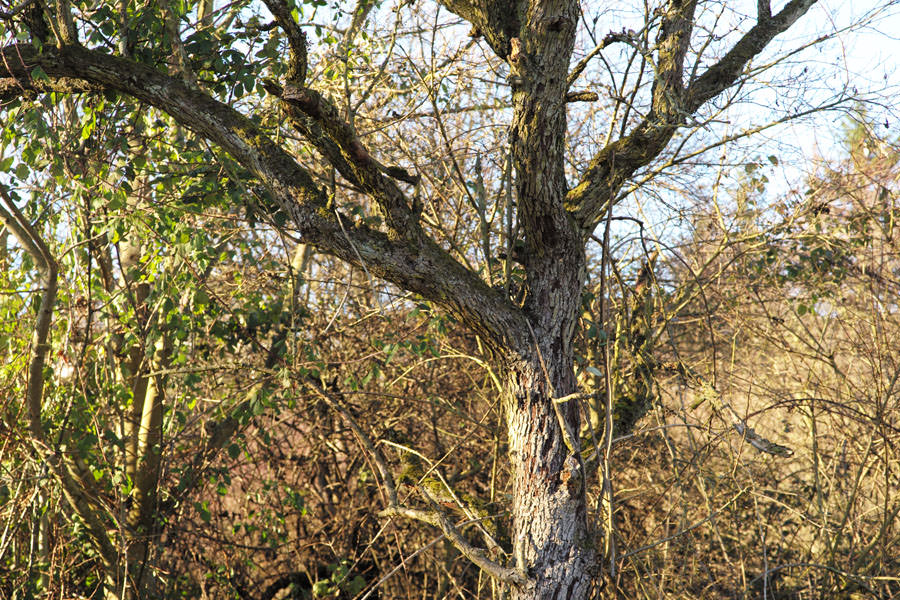 |
|
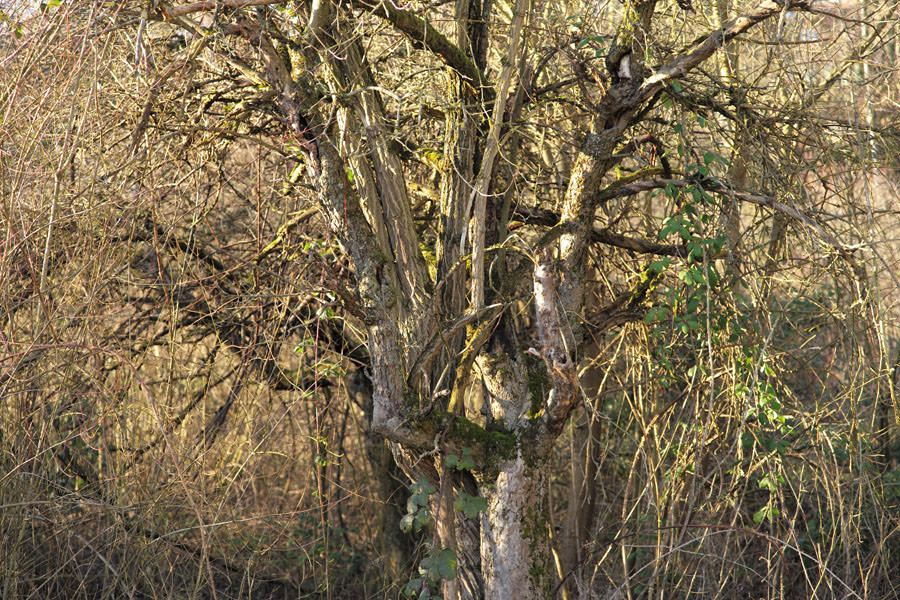 |
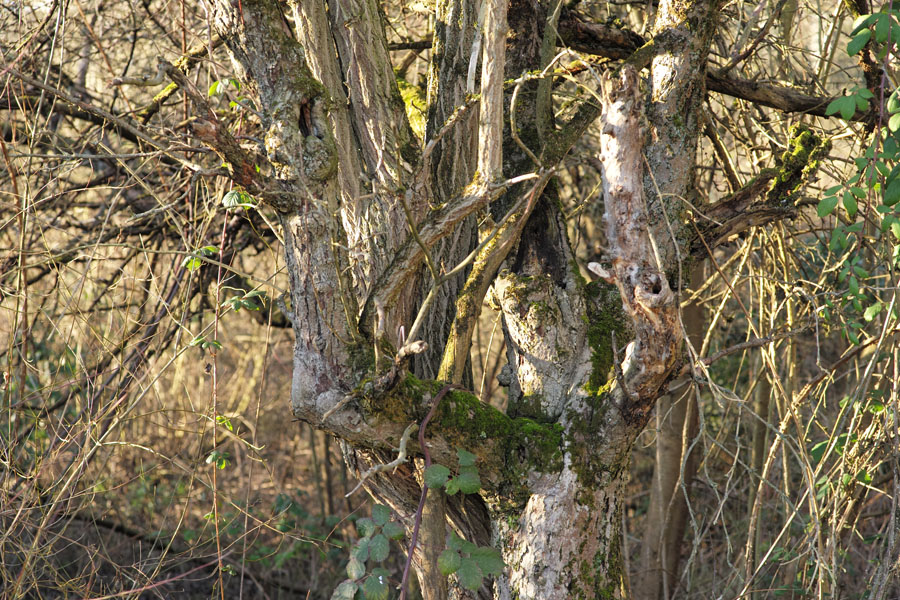 |
|
 |
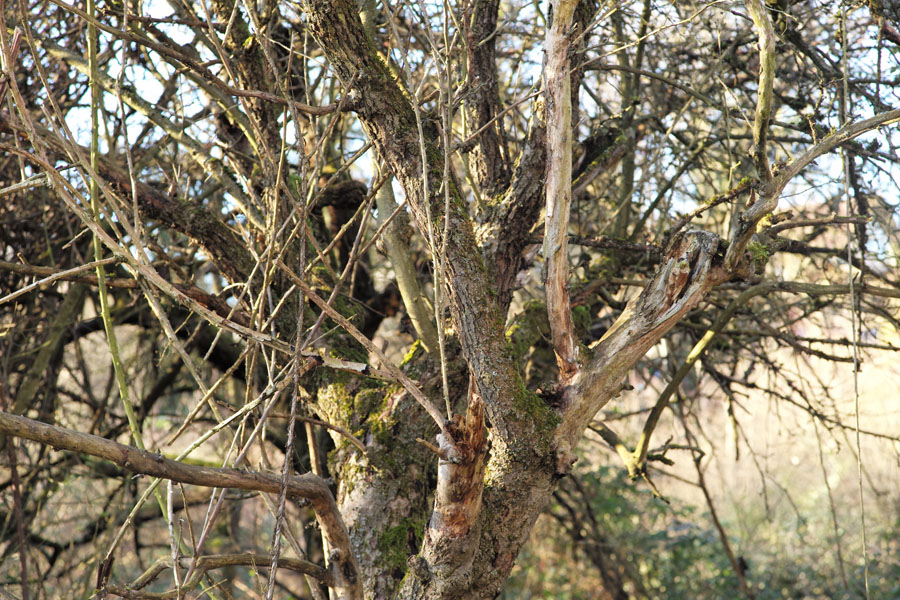 |
|
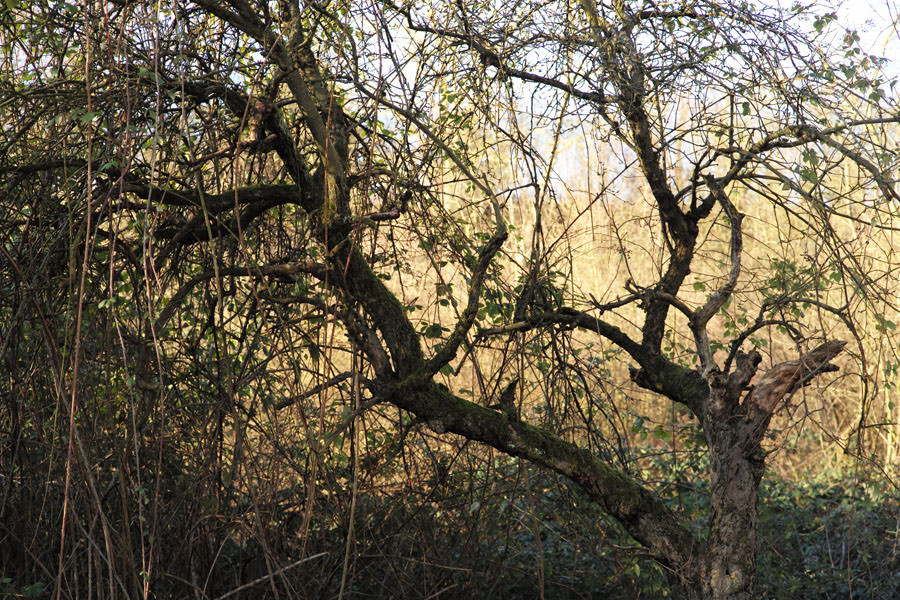 |
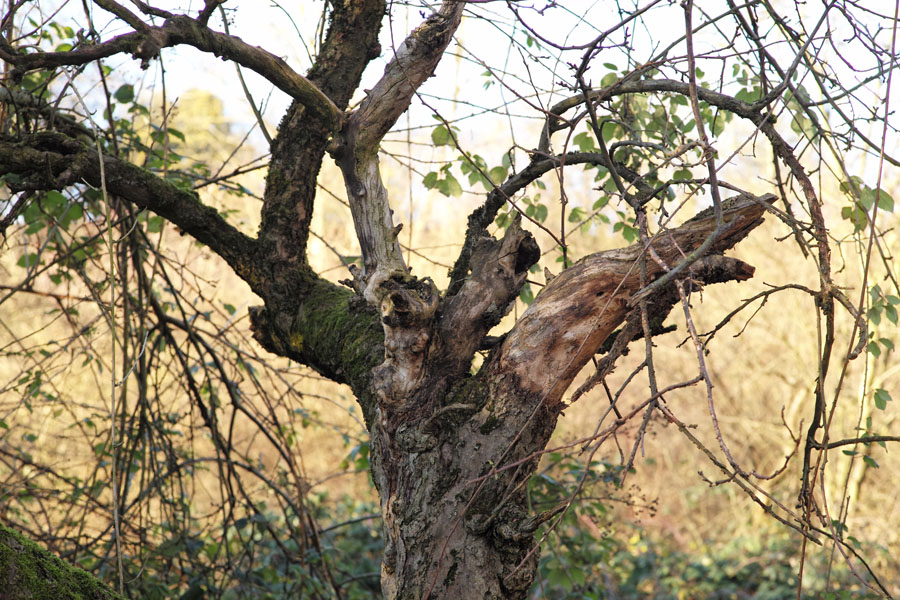 |
|
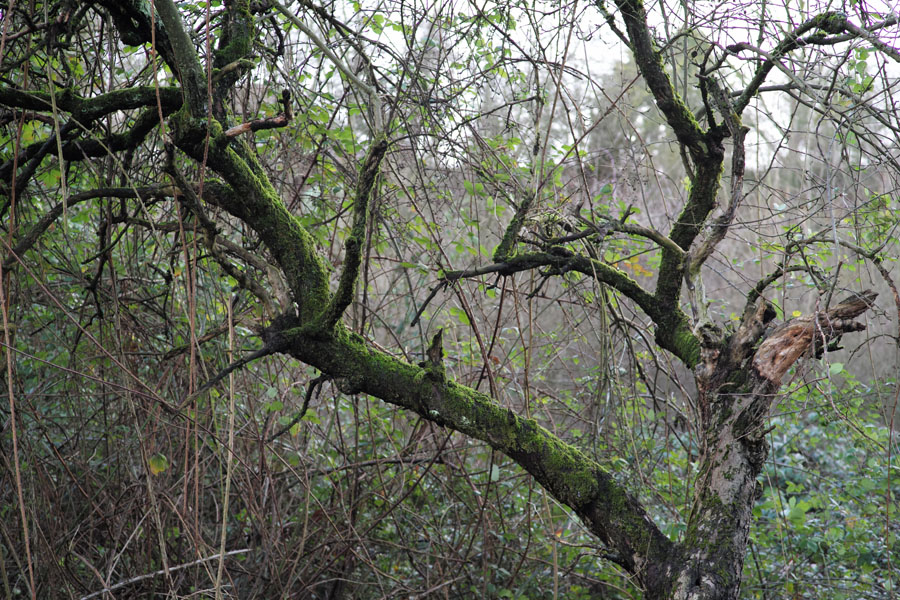 |
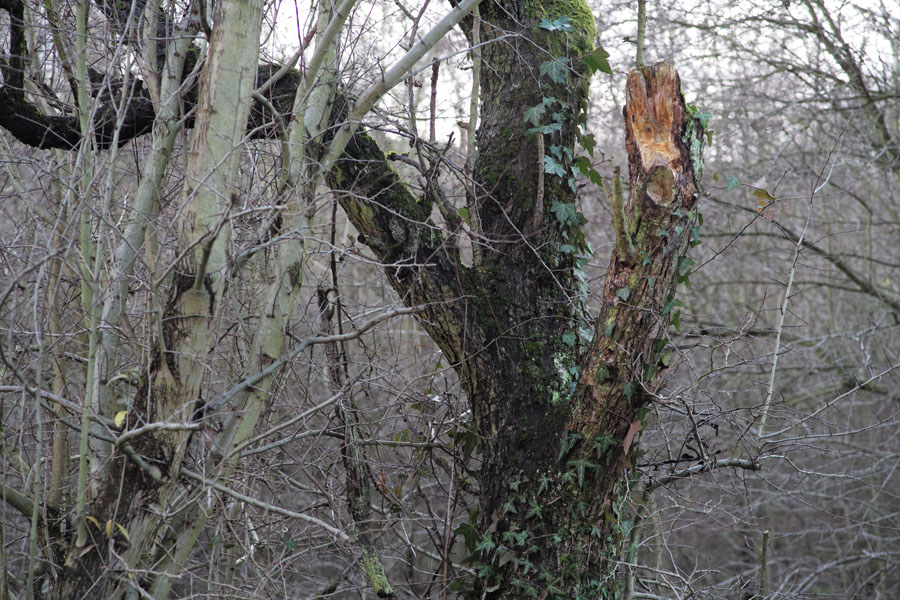 |
|
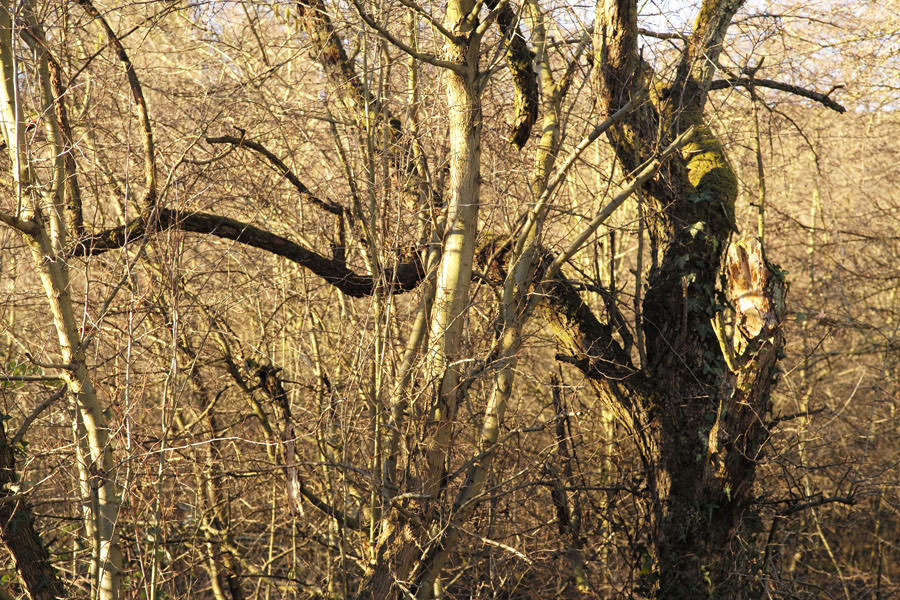 |
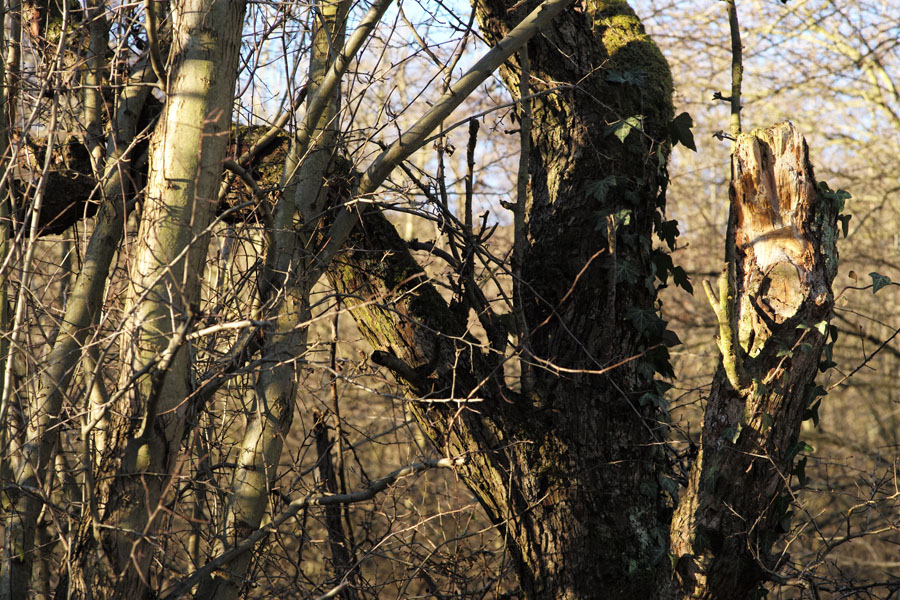 |
|
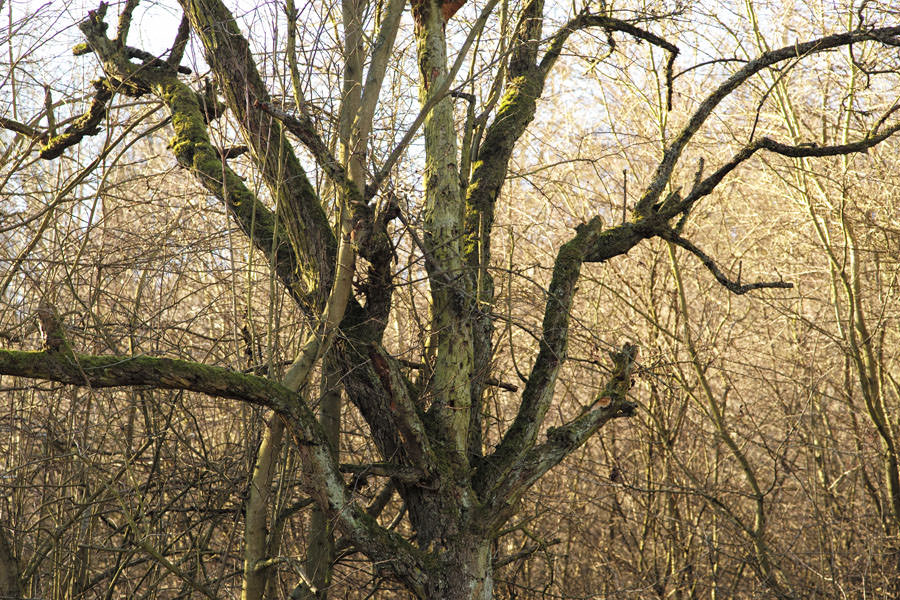 |
 |
|
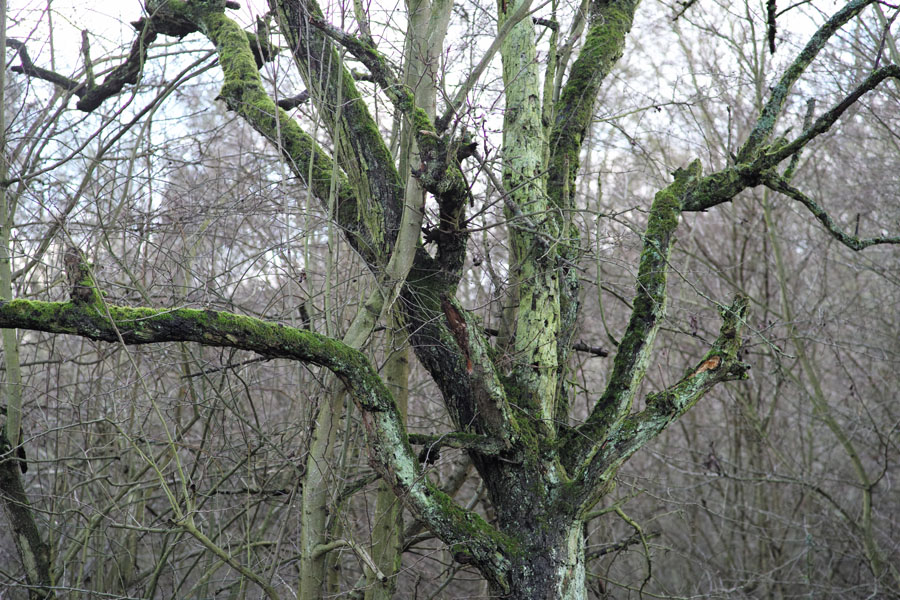 |
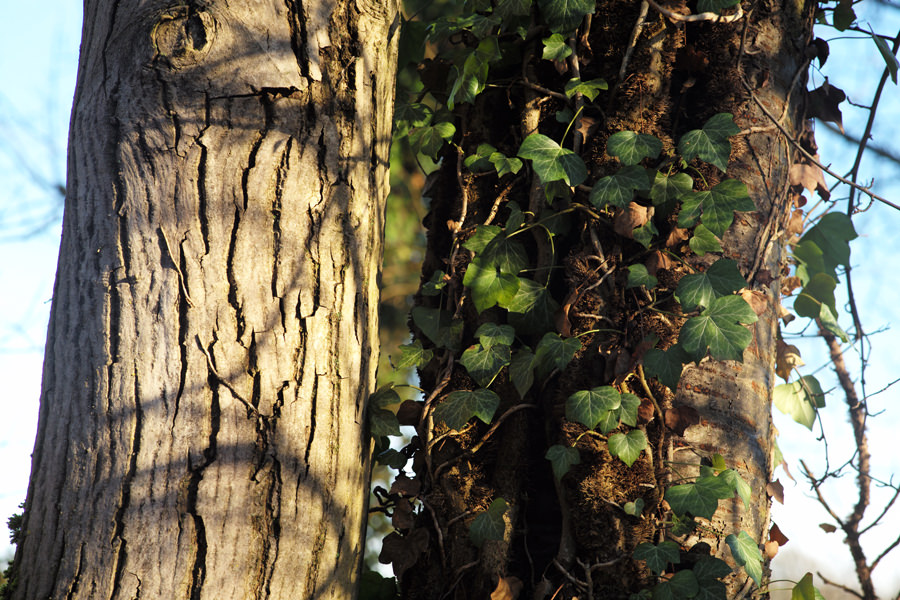 |
|
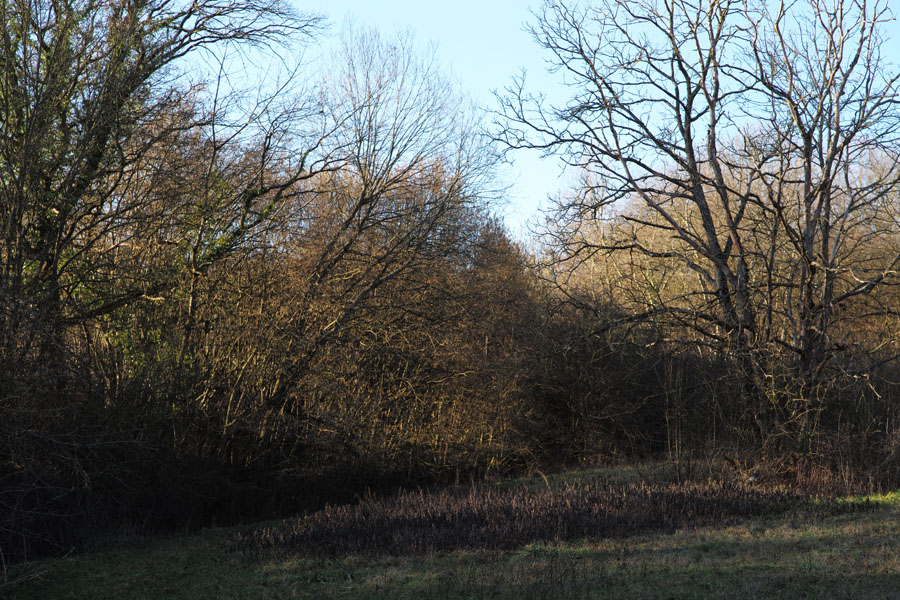 |
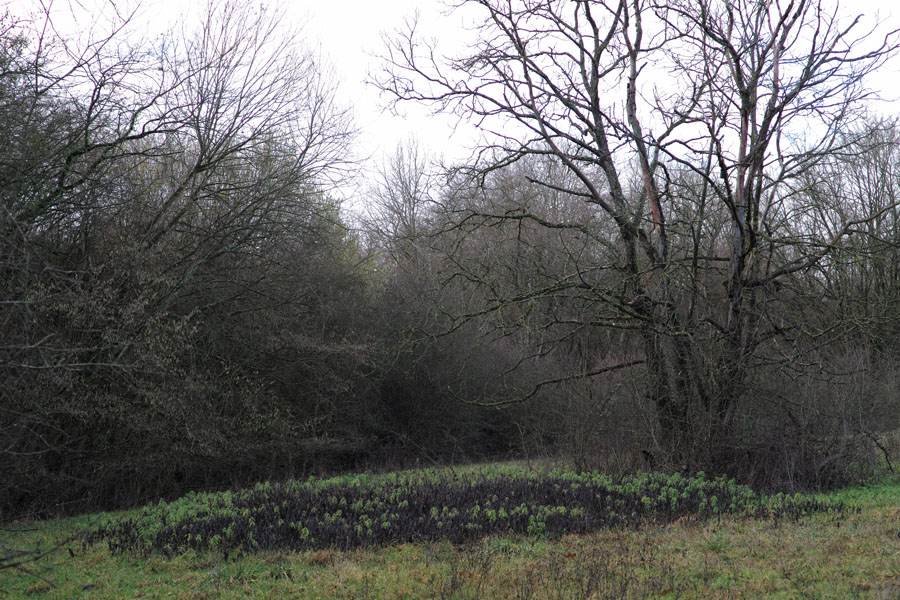 |
|
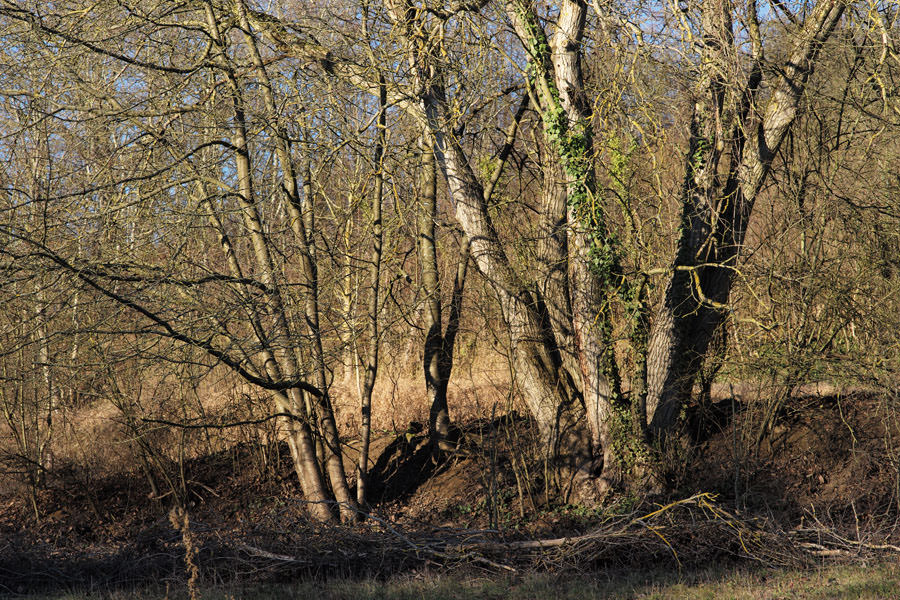 |
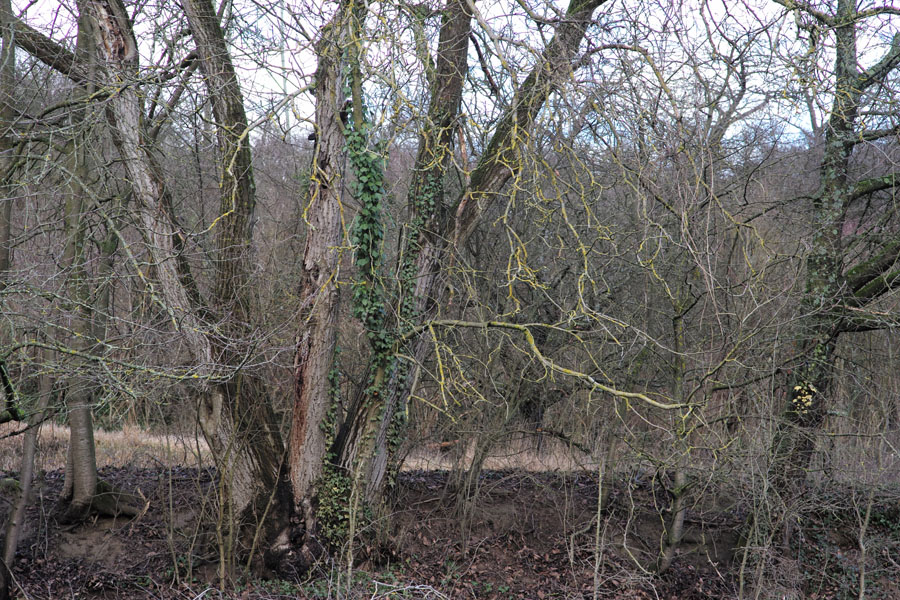 |
|
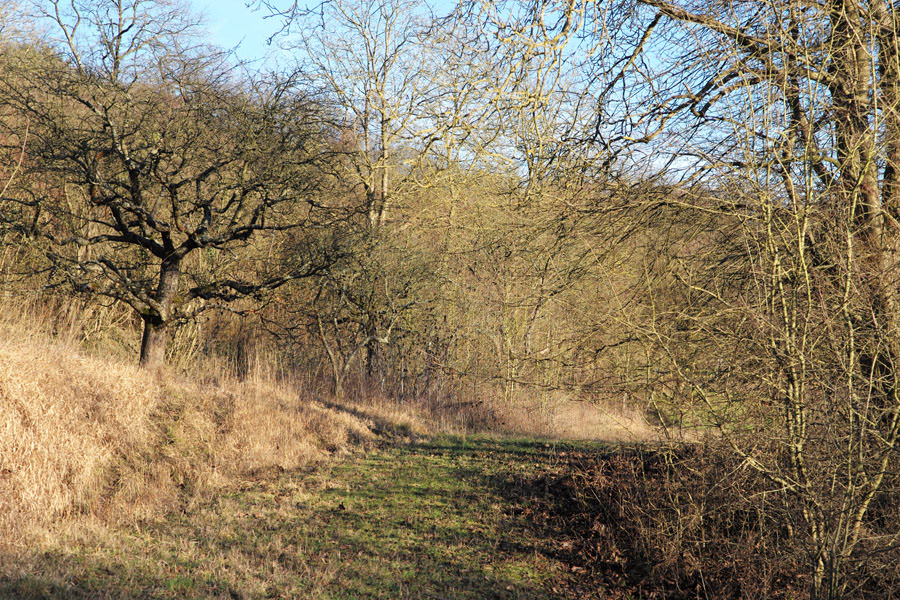 |
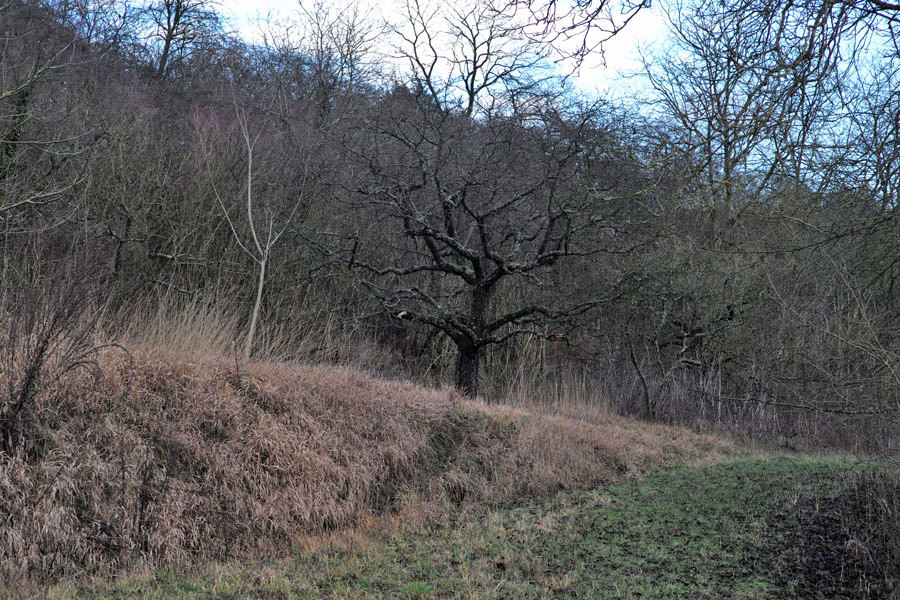 |
|
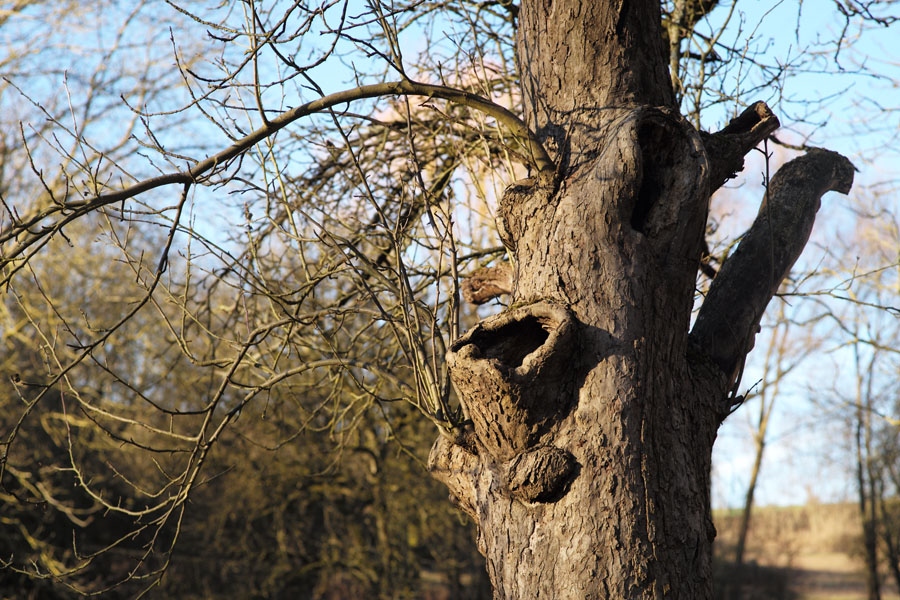 |
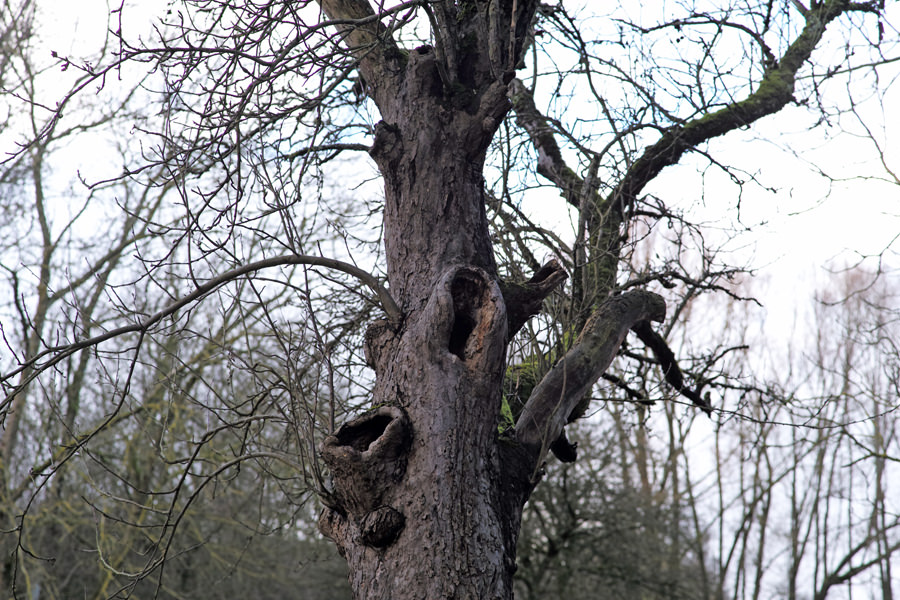 |
|
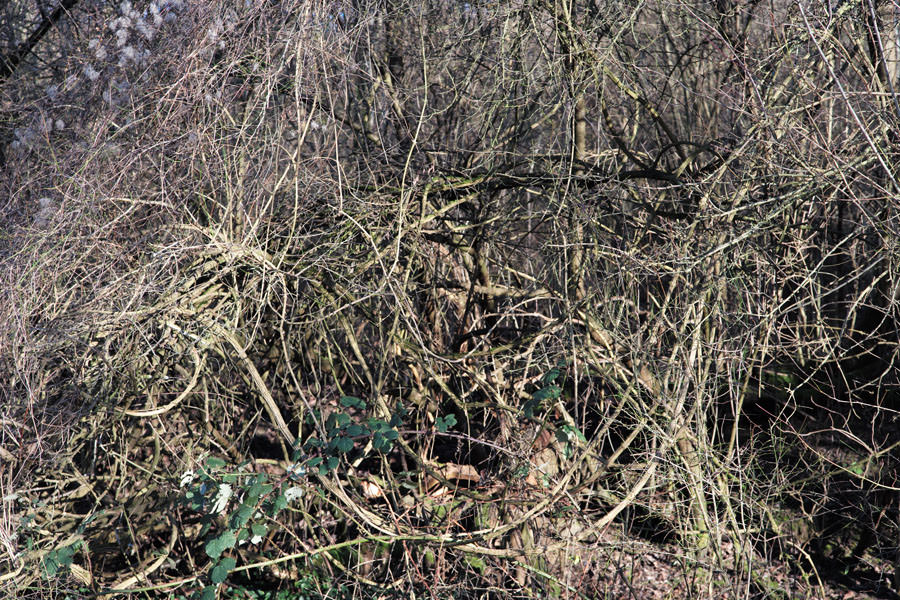 |
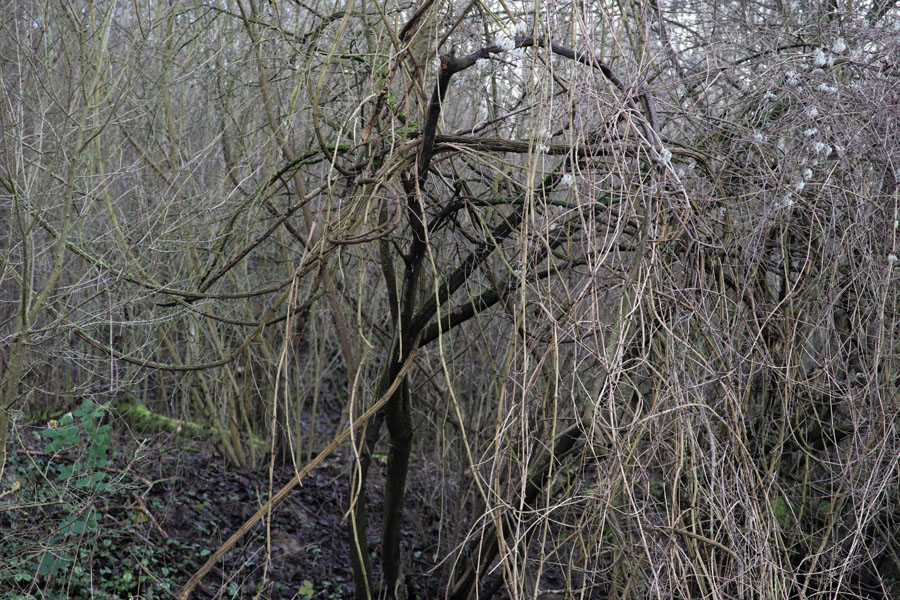 |
|
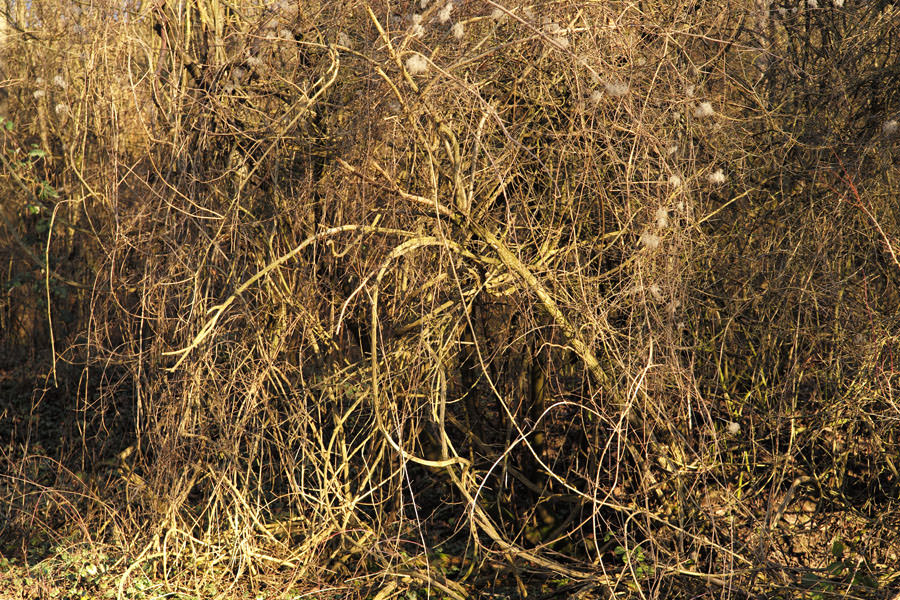 |
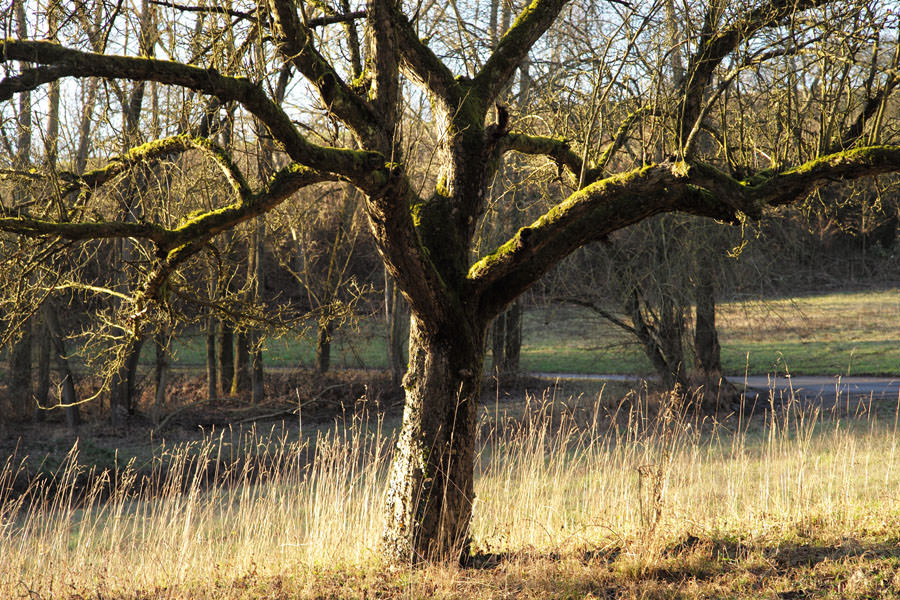 |
|
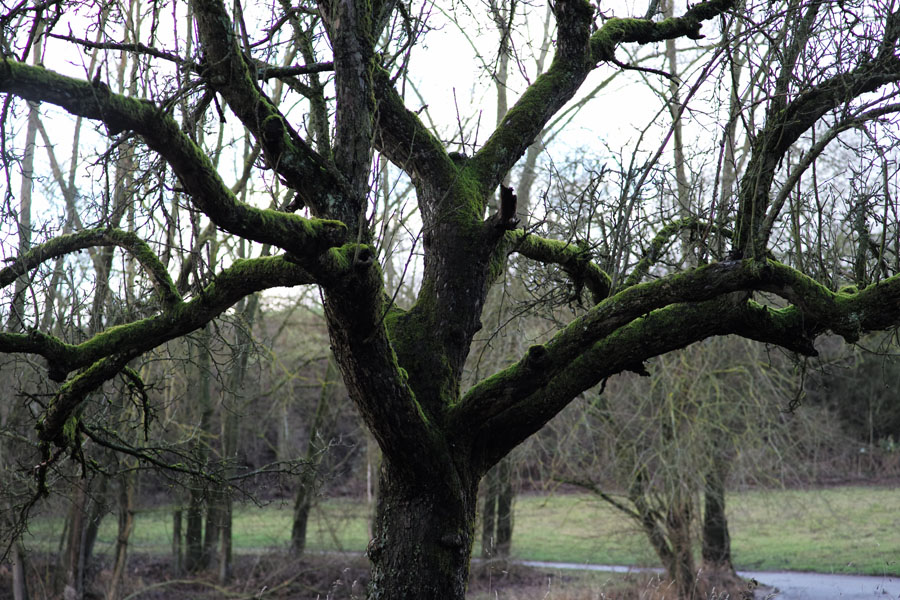 |
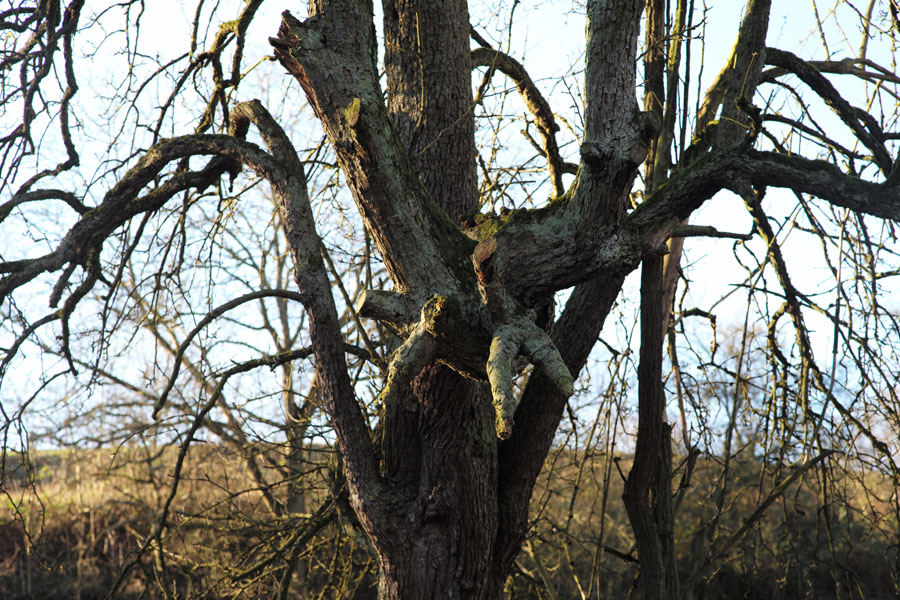 |
|
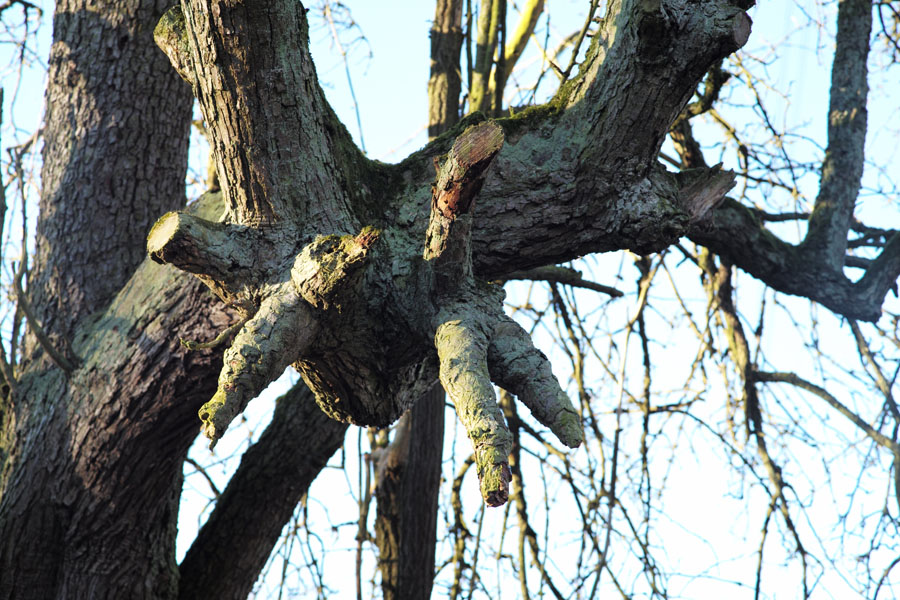 |
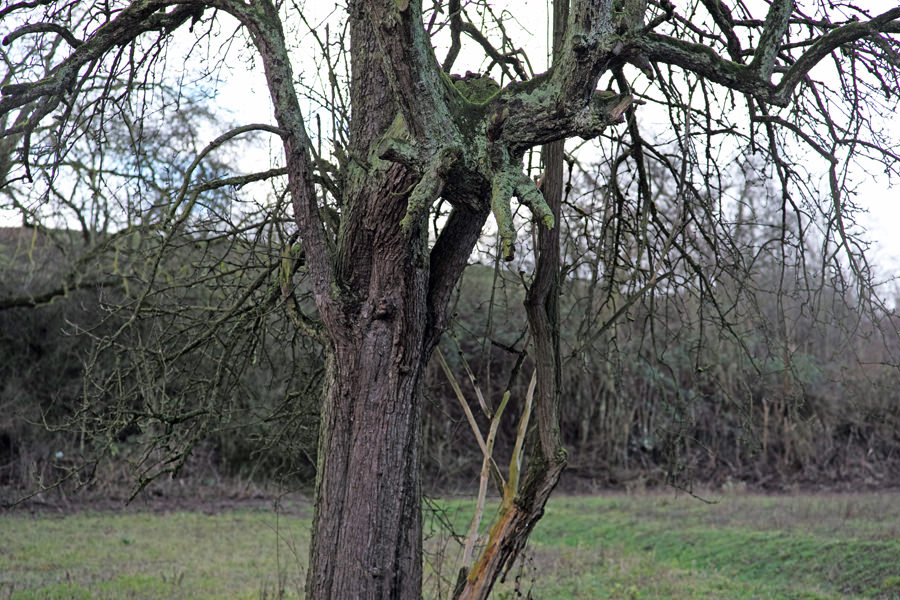 |
|
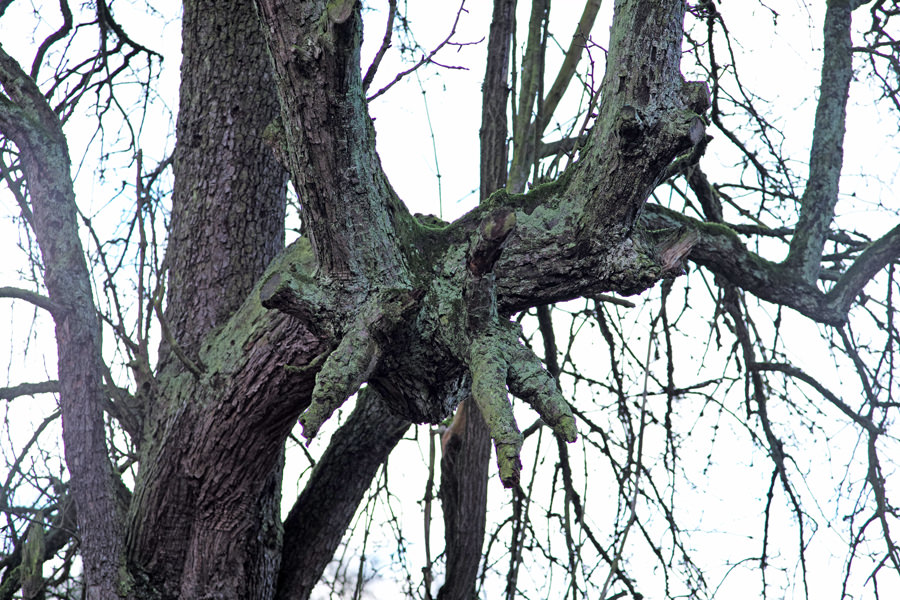 |
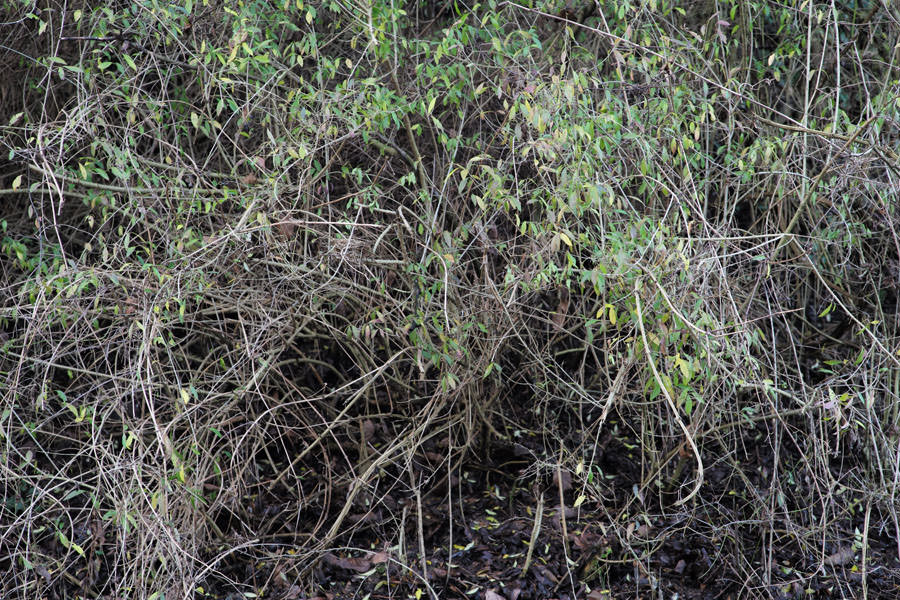 |
|
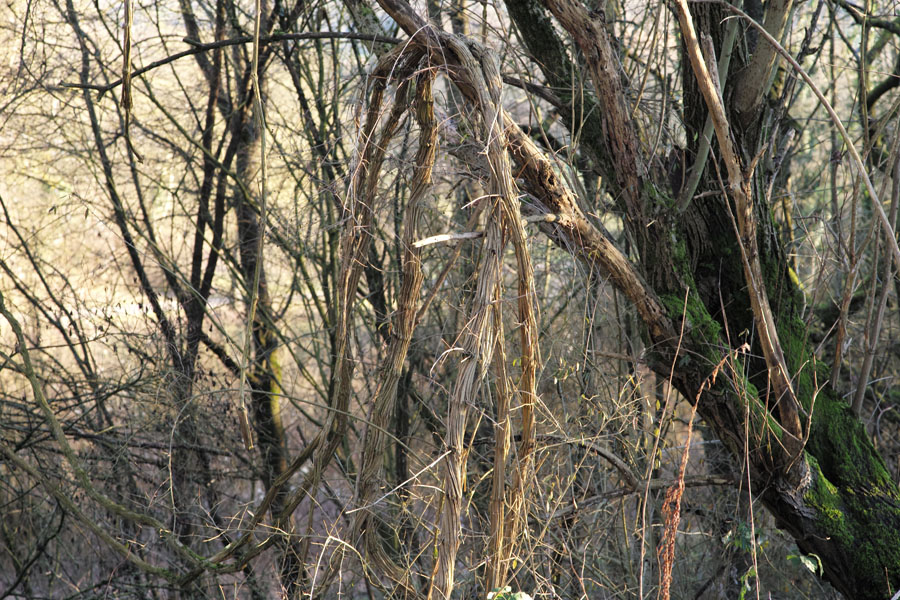 |
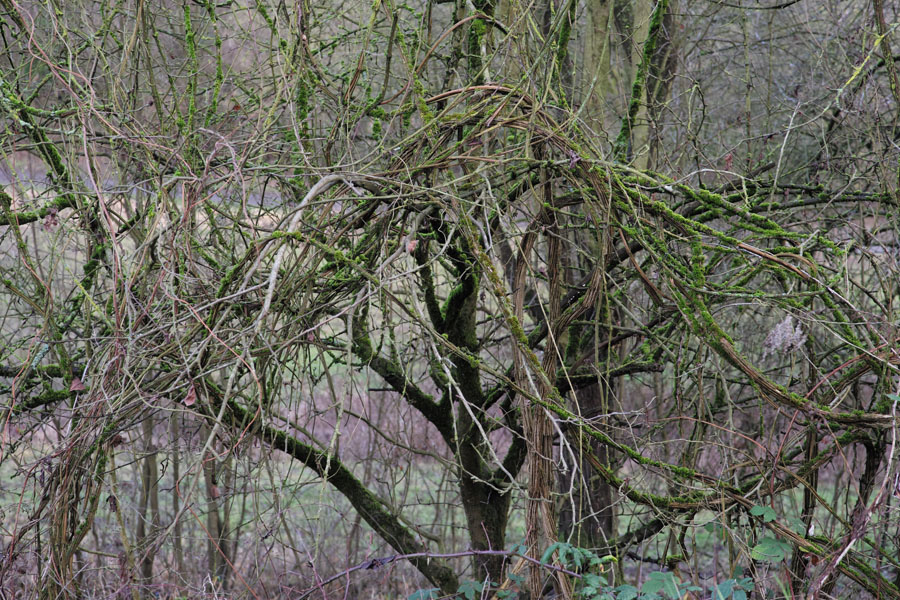 |
|
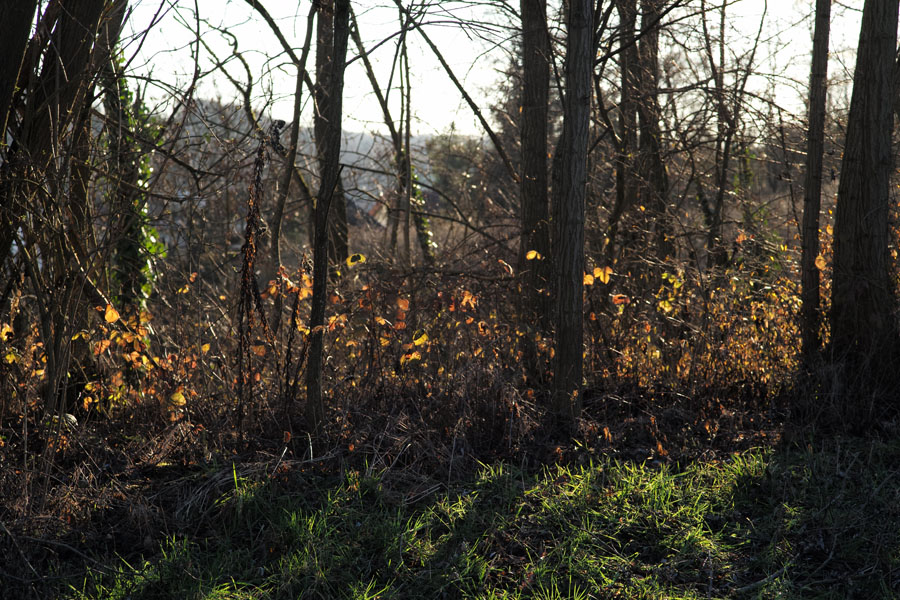 |
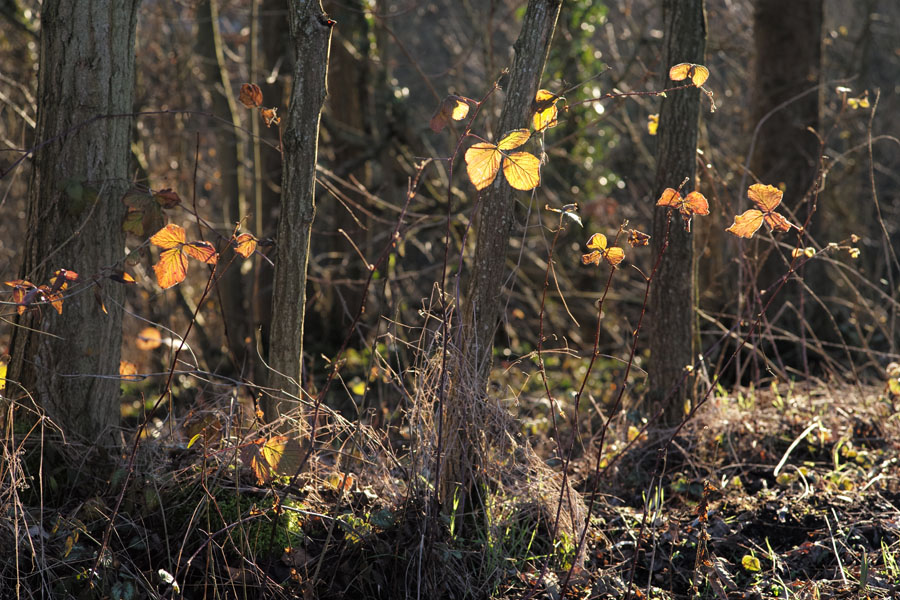 |
|
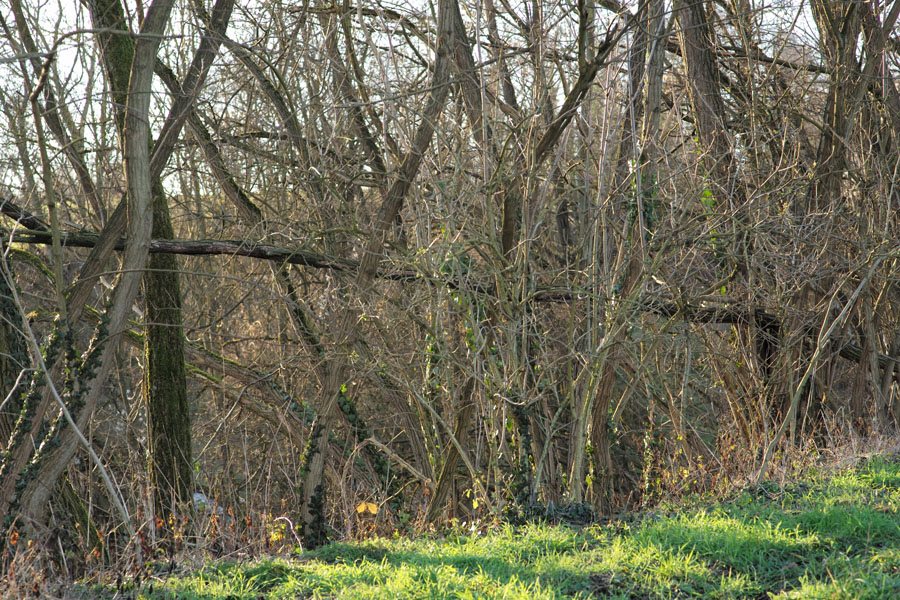 |
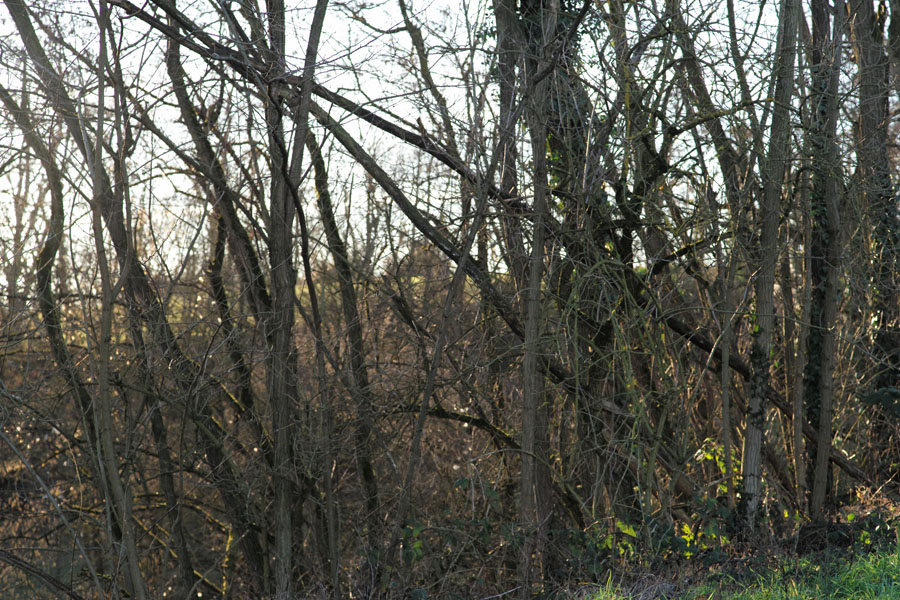 |
|
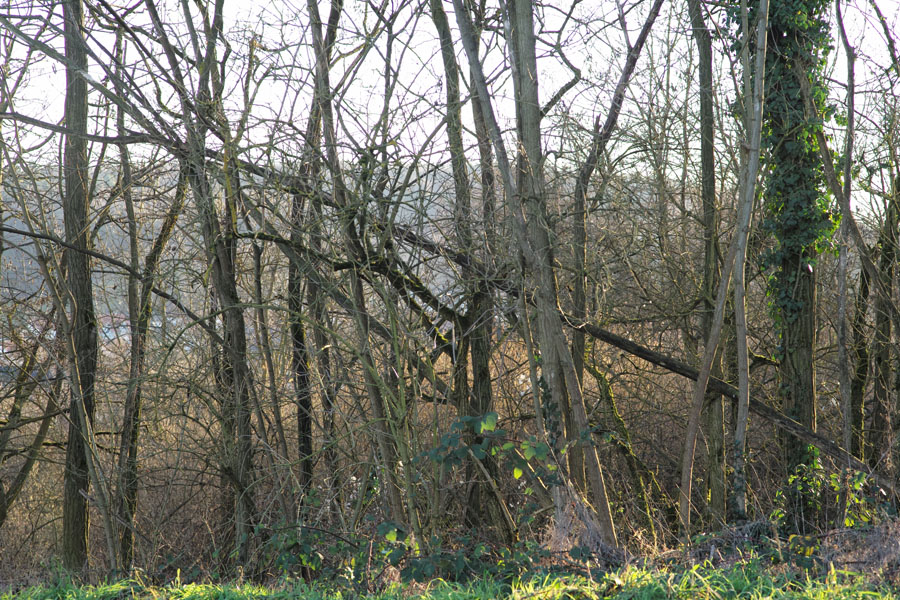 |
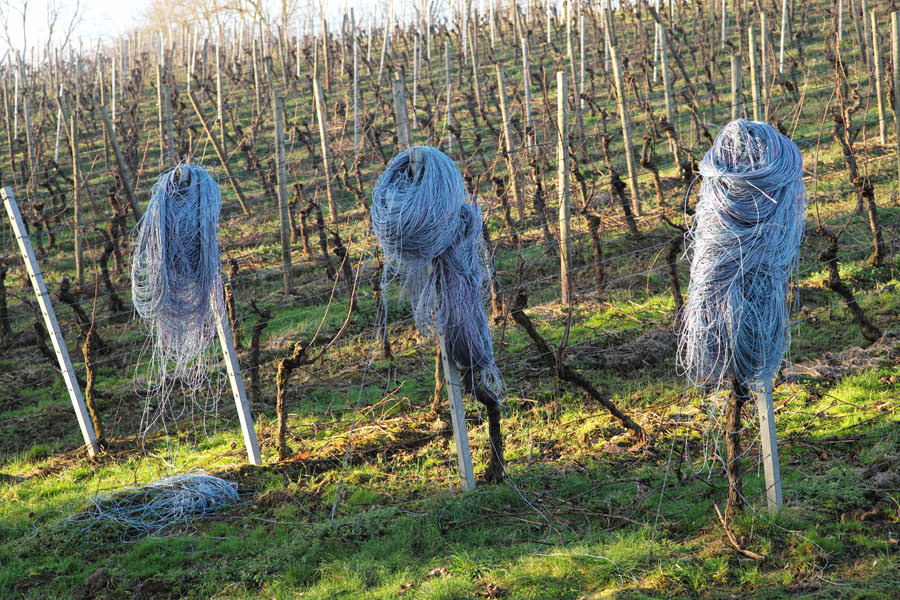 |
|
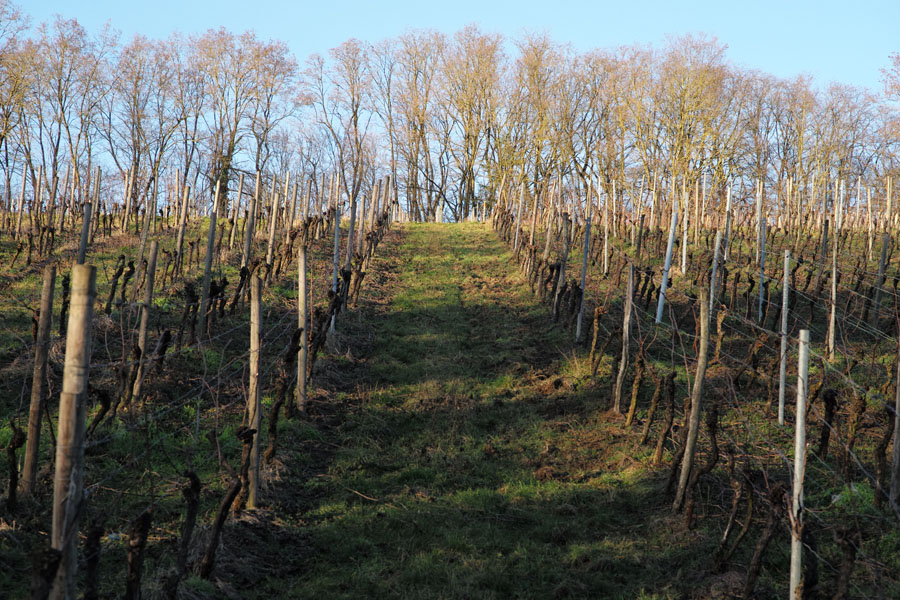 |
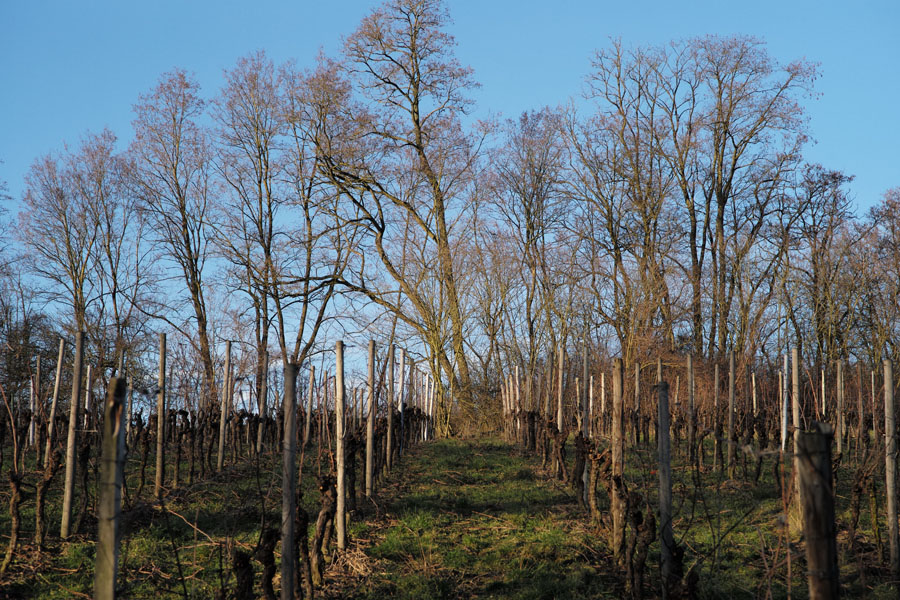 |
|
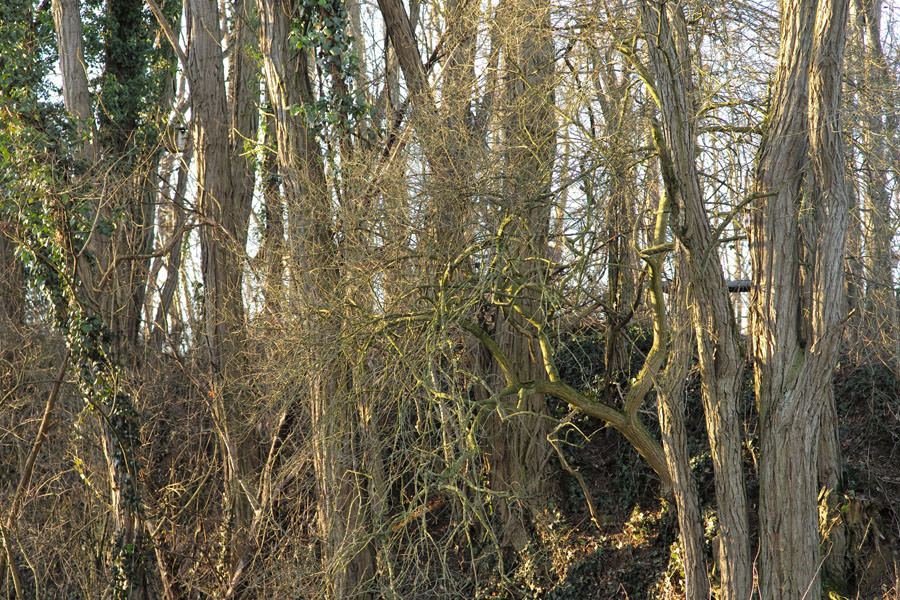 |
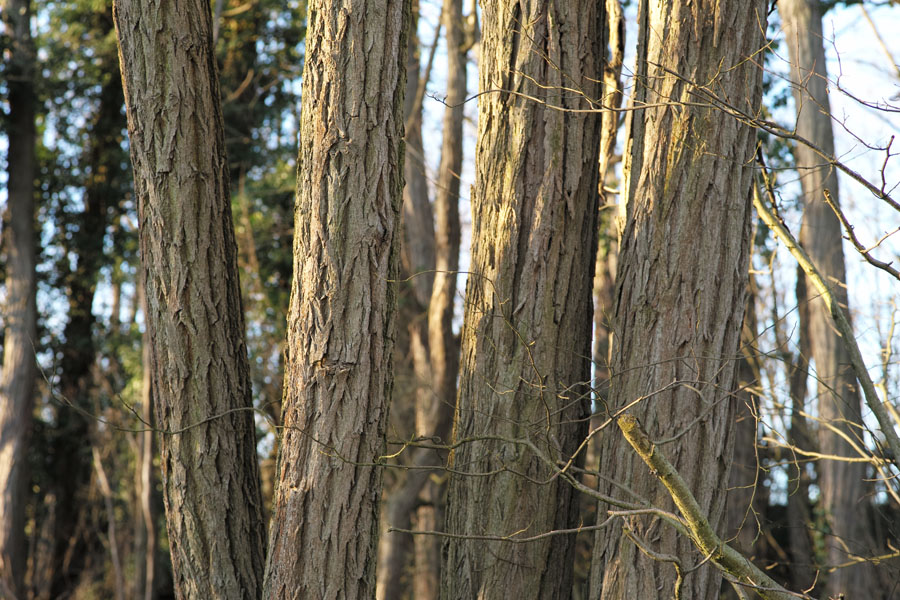 |
|
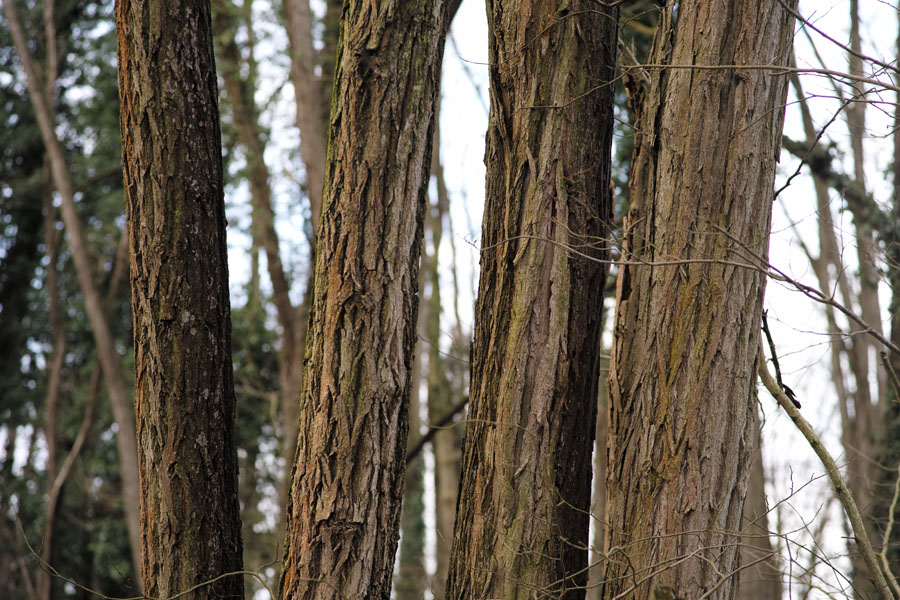 |
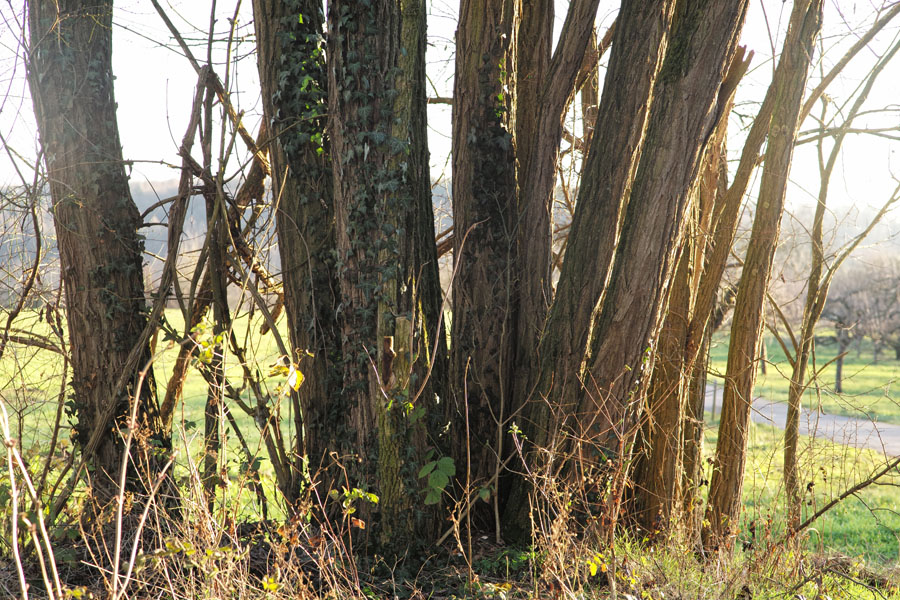 |
|
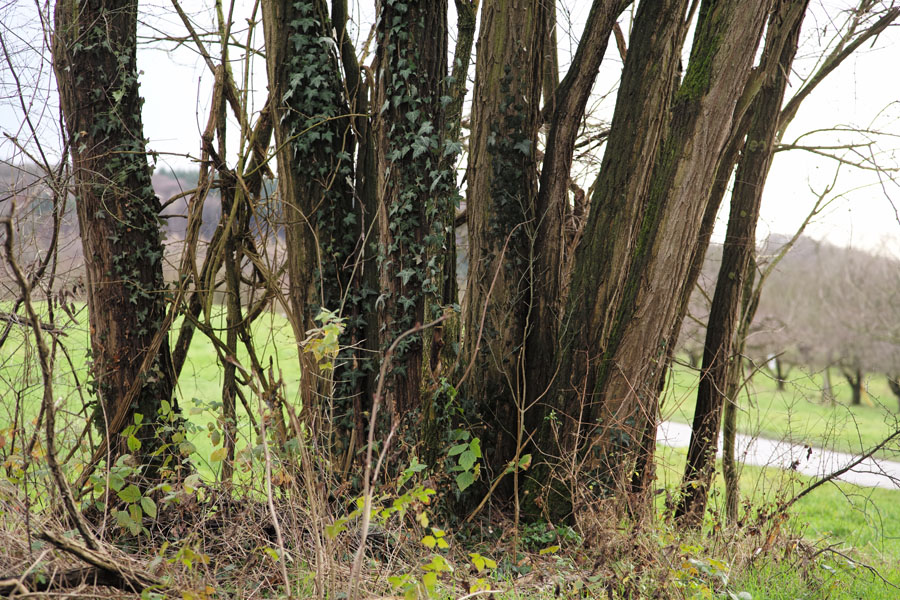 |
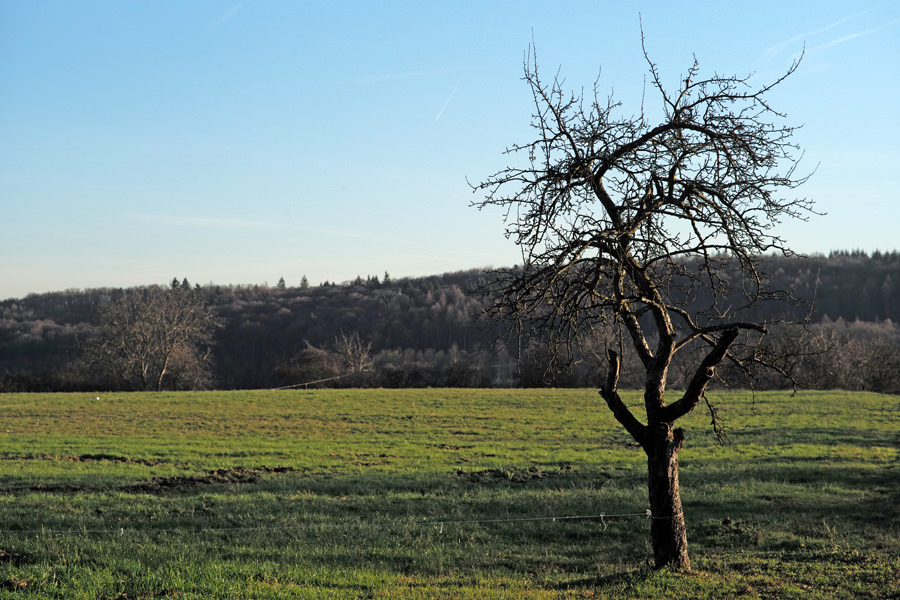 |
|
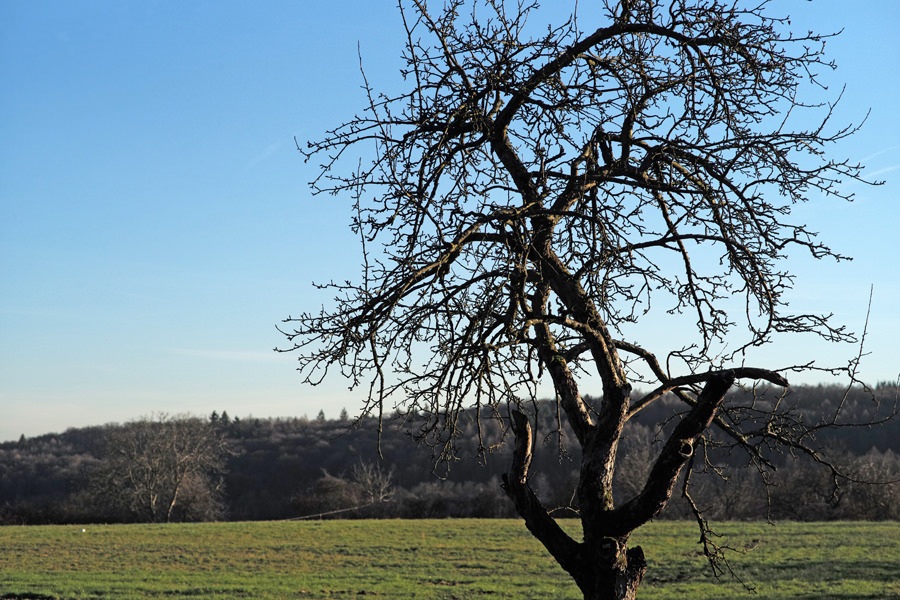 |
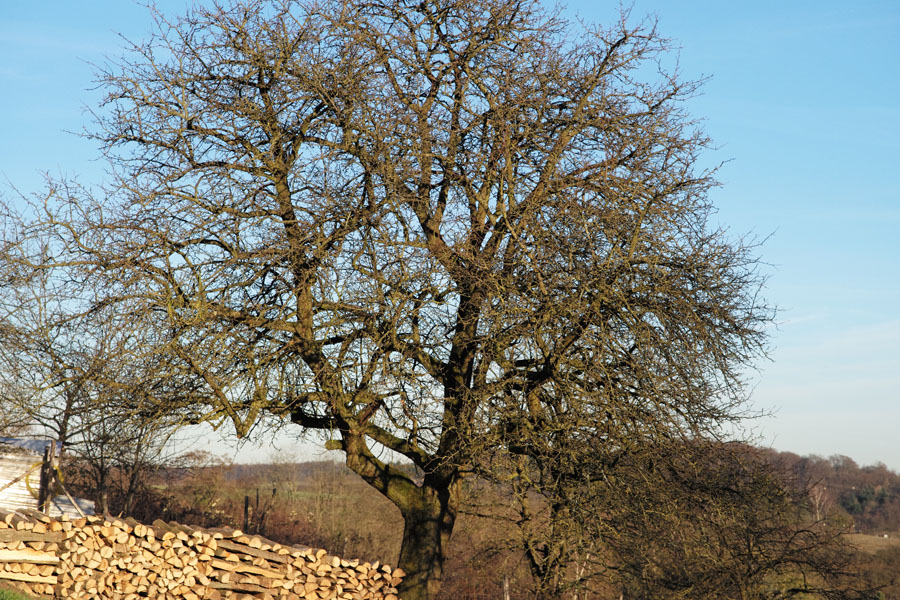 |
|
 |
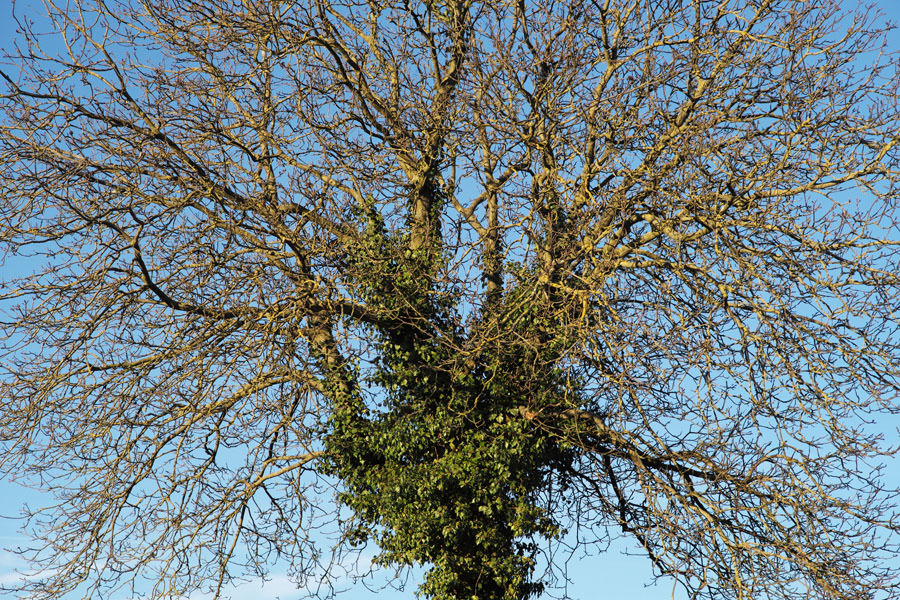 |
|
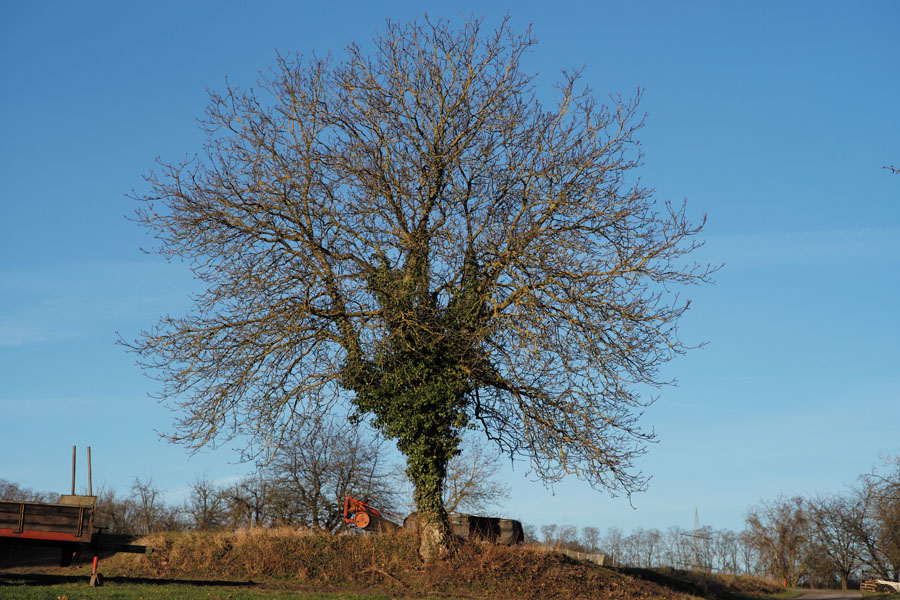 |
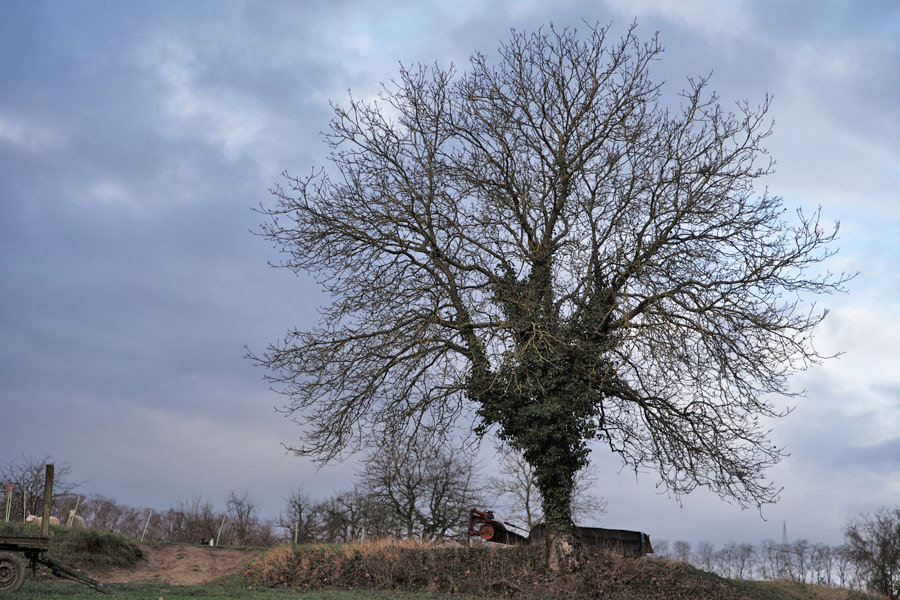 |
|
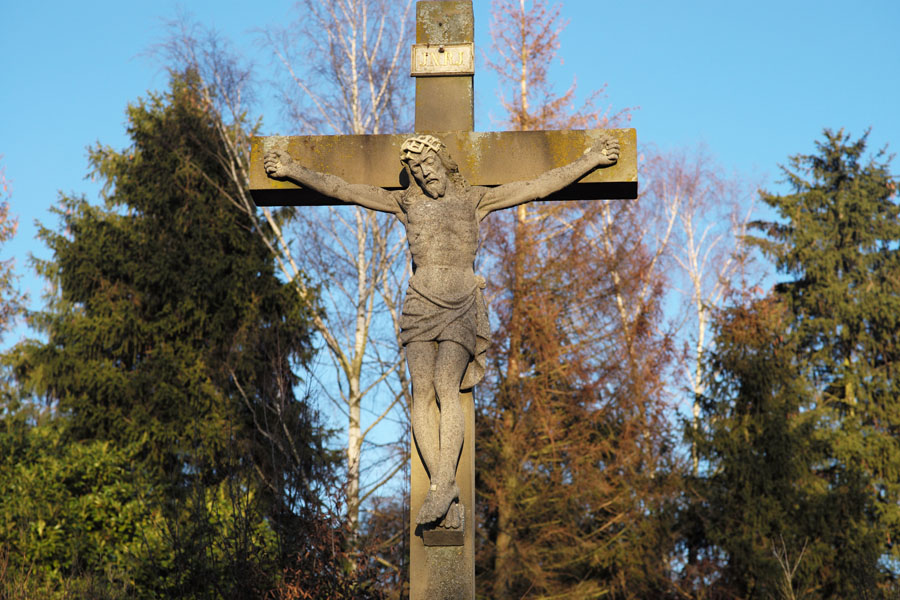 |
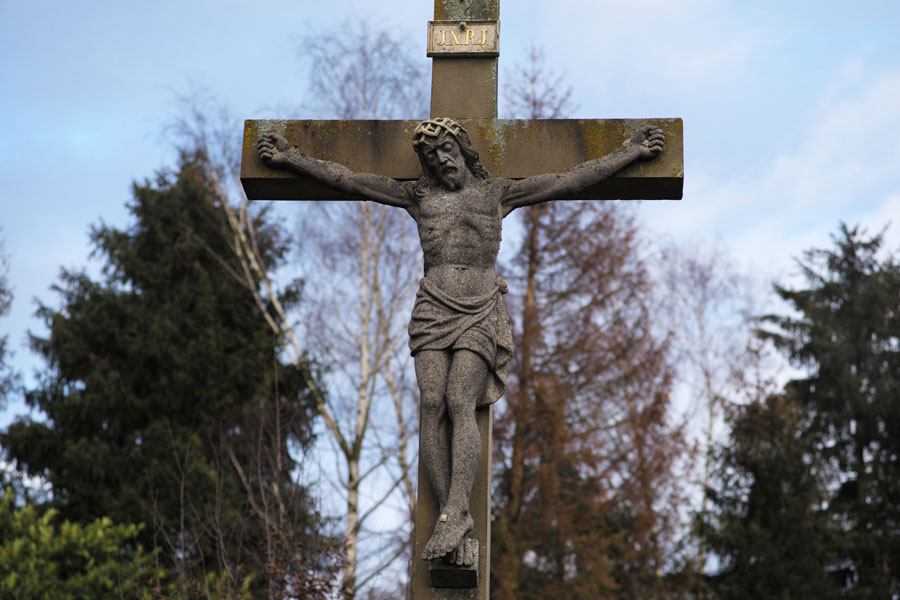 |
|
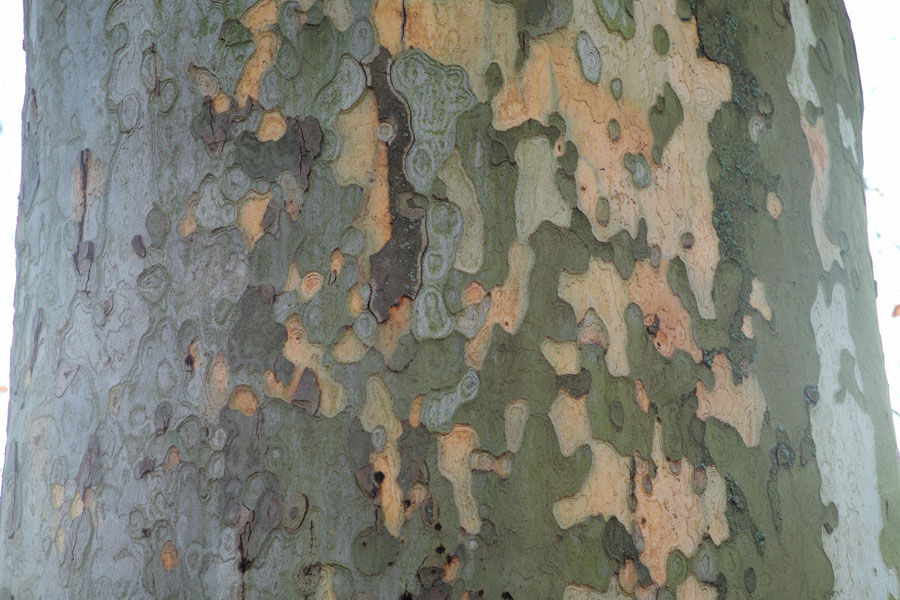 |
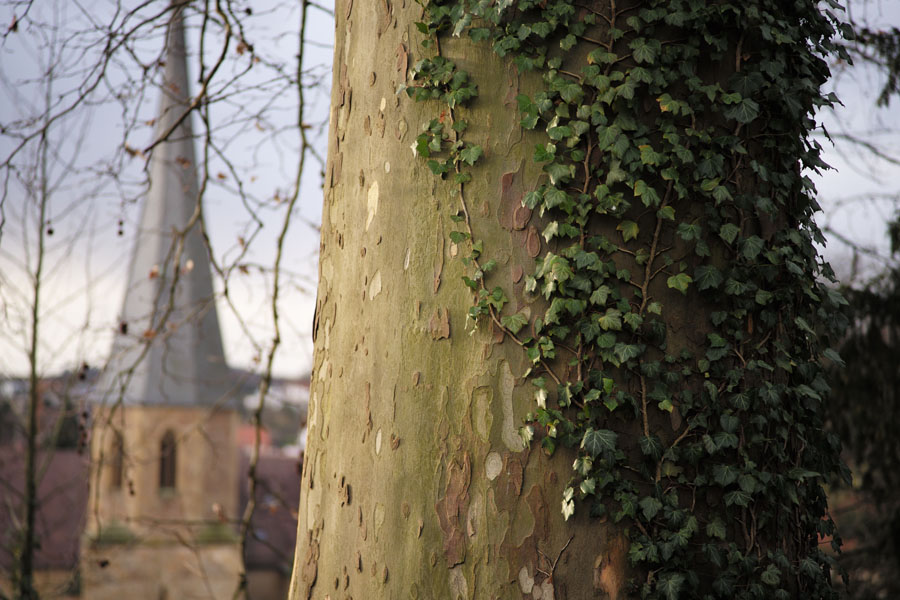 |
Close-Up Behavior
Smallest Object Field / Magnification
| Smallest object field/width | 444 mm x 296 mm (calculated), 391 mm (from photo*) |
| Magnification | 1:12.4 (calculated), 1:10.9 (from photo*) |
*) See photo below:

w=391 mm; magnification = 35.8/391 = 1:10.9 (1:11)
Photo: Voigtländer Color Heliar 75mm f/2.5 lens (391 mm)
With Quenox Quenox Extension Tube for Leica M
Distance > |
Infinity | 0.7 m (closest) |
Smallest object width |
263 mm* | 158 mm* |
| Magnification | 0.14 = 1:7.3 => approx. 1:7 | 0.23 = 1:4.4 => approx: 1:4.5 |
*) See photos below:
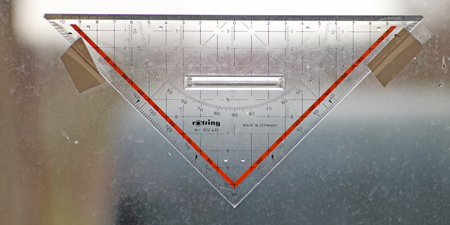 |
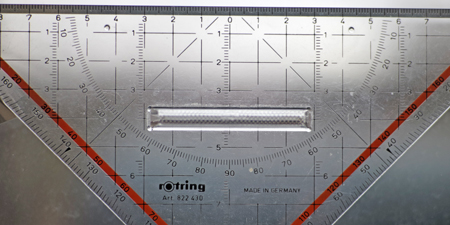 |
Photos: Test shots with Voigtländer Color Heliar 75mm f/2.5 and Quenox Extension Tube for Leica M; distance set to infinity (left) or closest distance (right)
Closest Distance
The following photos are meant to demonstrate the lens' close-up behavior:
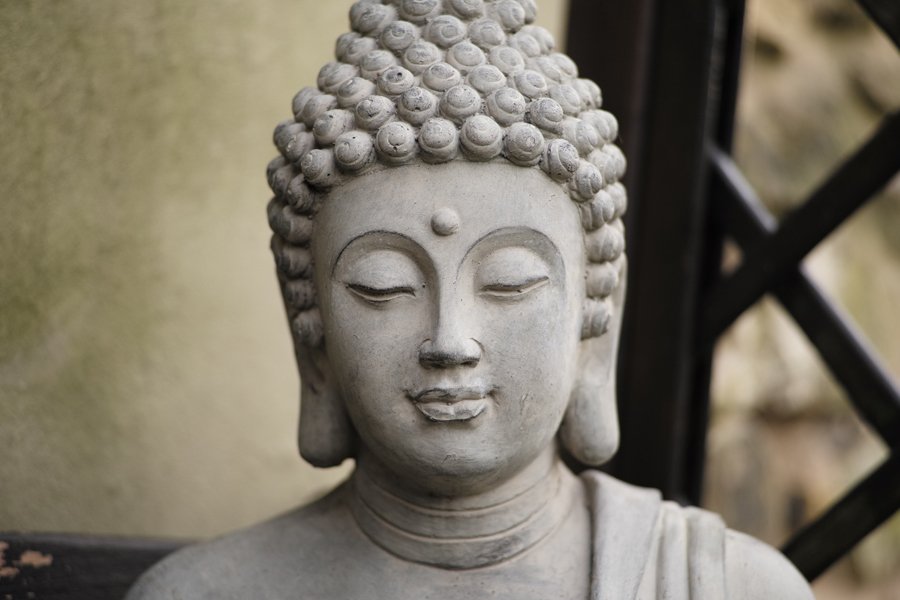 |
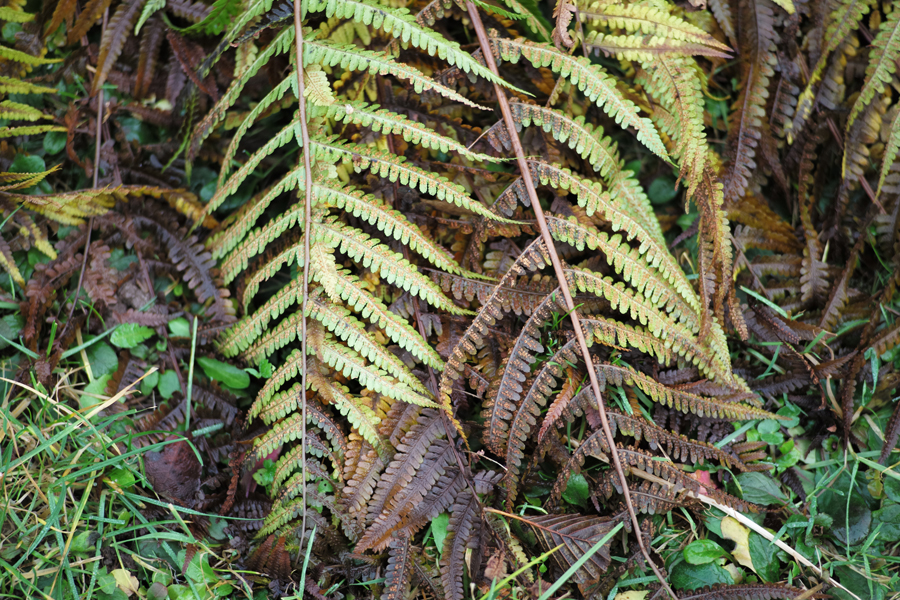 |
The Voigtländer Color Heliar 75mm f/2.5 lens is the first lens (when you move up in focal length) that has an acceptable close-up behavior. This improves about a factor of two if you use an extension tube like the Quenox Extension Tube for Leica M, which is a replacement for the now "extinct" Leitz OUFRO (16469Y) (1 cm). You get a magnification of up to 1:4.5 with this lens, which is a little more than a postcard.
Here is a sample taken with the Quenox extension tube (no files in original size):
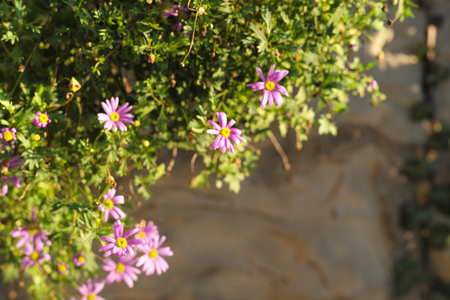 |
Voigtländer Color Heliar 75mm f/2.5 |
Overall, for longer lenses the Quenox extension tube is most effective it you set the distance to the minimum possible value. Quality-wise, this is probably not a good idea...
Conclusions
Disclaimer: I am not a lens expert who sees marked differences between various Leica and/or other lenses. I can check for soft corners, find differences in color rendition, and, in rare cases, may discover a "3D look", but that's all. Please regard therefore my conclusions as the verdict of a "layman".
This lens does not show any color shading, and vignetting is low. Thus, it can be used without any lens setting (but this does not record any information about the lens in the Exif data...). For me, the lens is a joy to use, und it delivers a solid quality plus a maximum aperture of f/2.5, allowing me to play a little with depth of field if needed.
I also found that this lens can be used together with the extension bellows (Leitz extension bellows: Bellows II, 16556), because it is a screw mount lens and has a longer focal length. For details, see pages Leica M (Typ 240): Close-Up Experiences - Part 3: Practice II, Leica M (Typ 240): Close-Up Experiences - Part 4: Samples I, and Leica M (Typ 240): Close-Up Experiences - Part 5: Samples II.
Links
- Voigtländer Color Heliar 75mm f/2.5 (English): www.voigtlaender.de/cms/voigtlaender/voigtlaender_cms.nsf/id/pa_fdih7pfhvl.html
- Voigtländer Color Heliar 75mm f/2.5 (German): www.voigtlaender.de/cms/voigtlaender/voigtlaender_cms.nsf/id/pa_asan6lwmes.html
- Voigtländer Color Heliar 75 mm f/2.5 (on Sony NEX) - Review / Test Report (Klaus Schroiff): www.photozone.de/sony-alpha-aps-c-lens-tests/548-voigtlander75f25nex
| 04.07.2024 |
